Ray Booth brings meaningful simplicity to Belle Meade home
Story by Hollie Deese
Photos by Eric Piasecki
Ray Booth is a master at making a house a home — a very elegant, well-appointed home, at that. One of his “rules” that brings that about is that nothing is ever untouchable. By mixing antiques and modern pieces with light and a thoughtful sense of scale and placement, he is known nationally for his stunning spaces that people really, really want to live in.
Booth, a partner in the architecture and design firm McAlpine with his former professor, Bobby McAlpine, divides his time between the firm’s Nashville and New York offices, and his work has been featured in Architectural Digest, Elle Décor and Veranda. This year he published his first book, Evocative Interiors from Rizzoli), showcasing the many homes he has been able to help transform.
“We love our work because every project is different,” Booth says. “We get a different client that shows up at our door and invites us in to their process, and we always strive to create really meaningful interiors and architecture. And you can only do that by working closely and getting to know your clients and knowing what their loves and hates are. It’s really interesting to craft a piece of architecture and interiors with somebody over that length of time.”
Among the homes featured in Booth’s first book is a Belle Meade stunner belonging to longtime McAlpine and Booth clients. They were looking to switch gears from the McAlpine-designed French Mediterranean home where they raised their family to something a bit more intimate.
“We have the good fortune of having a long history with a lot of our clients,” Booth says. “The McClellans have been part of our extended family for, mercy, 20 years. You get to know people through different stages of their lives, and life evolves and changes. As much as they loved the house that they built, their kids were maturing and were going to be going off to college. So they wanted something simpler.”
They opted for a stone home from the 1930s, and Booth worked with Chris Tippett to create an addition with a larger kitchen. He then moved on to the design, using much of the original decorative woodwork but all painted the same color, so it really became more about shadow play and light bouncing around. The result is pared-back architecture that still has plenty of character.
 “It was really a lesson in editing — architecturally on the house, as well as on their existing furnishings,” Booth says. “The house was great — very quaint, beautiful, proportioned rooms and such — but they were rather heavily detailed with oak moldings. Coming into the house and wanting to really see the house anew, it really became about editing back a lot of those moldings. In places, we took it off the walls completely.”
“It was really a lesson in editing — architecturally on the house, as well as on their existing furnishings,” Booth says. “The house was great — very quaint, beautiful, proportioned rooms and such — but they were rather heavily detailed with oak moldings. Coming into the house and wanting to really see the house anew, it really became about editing back a lot of those moldings. In places, we took it off the walls completely.”
That means some places don’t have crown moldings, and mantels were taken off of fireplaces so the look was a little more stark, with cleaner lines. Then Booth went through the couple’s pieces,
deciding which to keep and where to buy new — including a square coffee table from the 1960s that became the launching pad for the rest of the design.
“A project like this was such a joy because they had all of this great stuff, and it became about pulling out the things that either had the right aesthetic or the sculptural form or the meaning to them that it would last into the next incarnation of their life.”
Two years later the house had become the perfect culmination of the couple’s past as they forged their future.
“Design is not about arbitrary decisions,” Booth says. “It’s not just a stroke of a pen or decoration. The best design is design where you strive to tether it to something significant and meaningful for your client. Because when you do that, it’s got a real purpose. It’s not just frivolous; it’s tethered to something of meaning.”
See designer Ray Booth, architect Bobby McAlpine and Grammy-winning superstar Faith Hill when they discuss their design and construction of Faith and husband Tim McGraw’s Bahamian island home and all that project’s intricacies at the 29th Annual Antiques and Garden Show of Nashville, February 1-3.
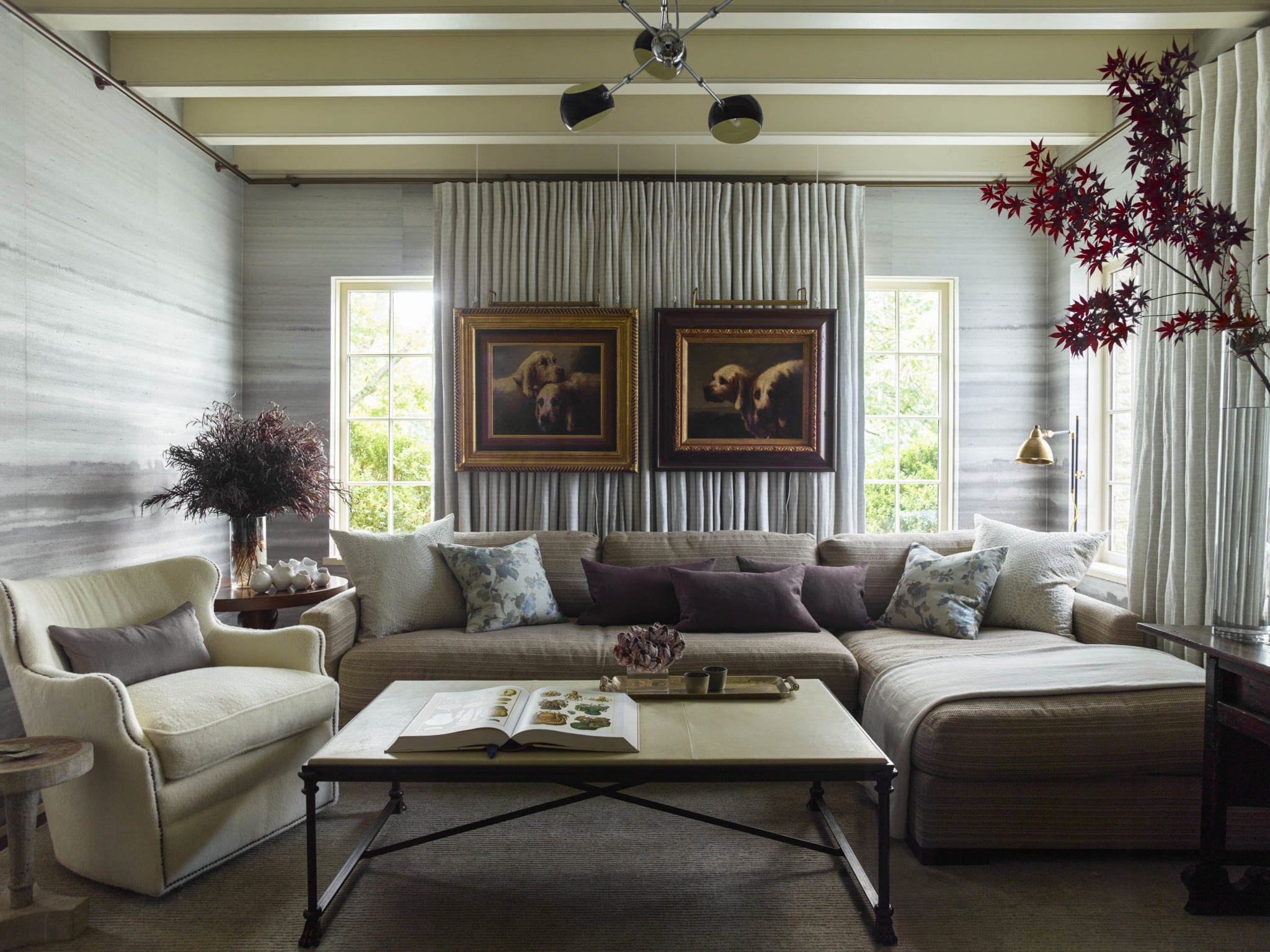
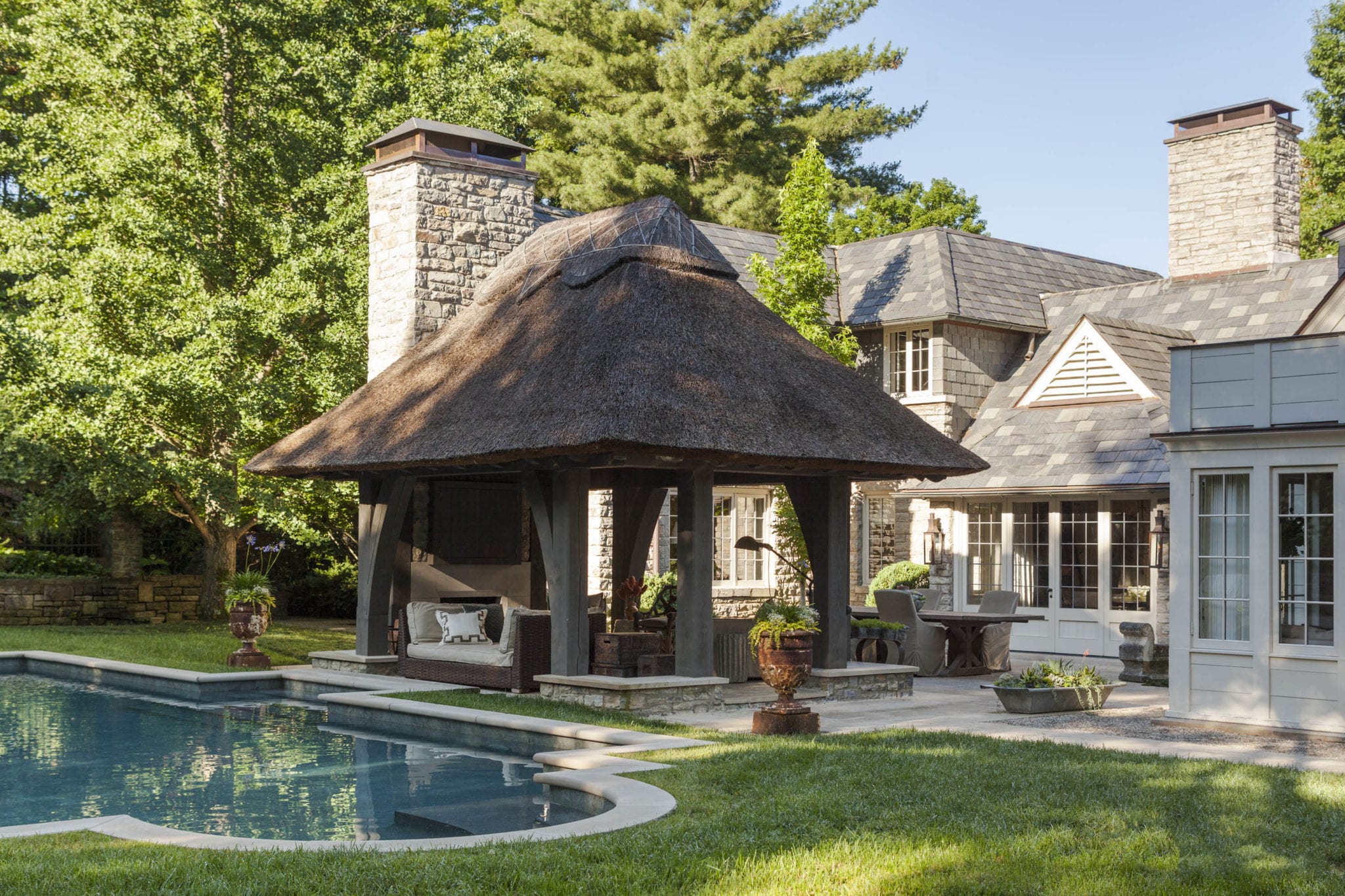
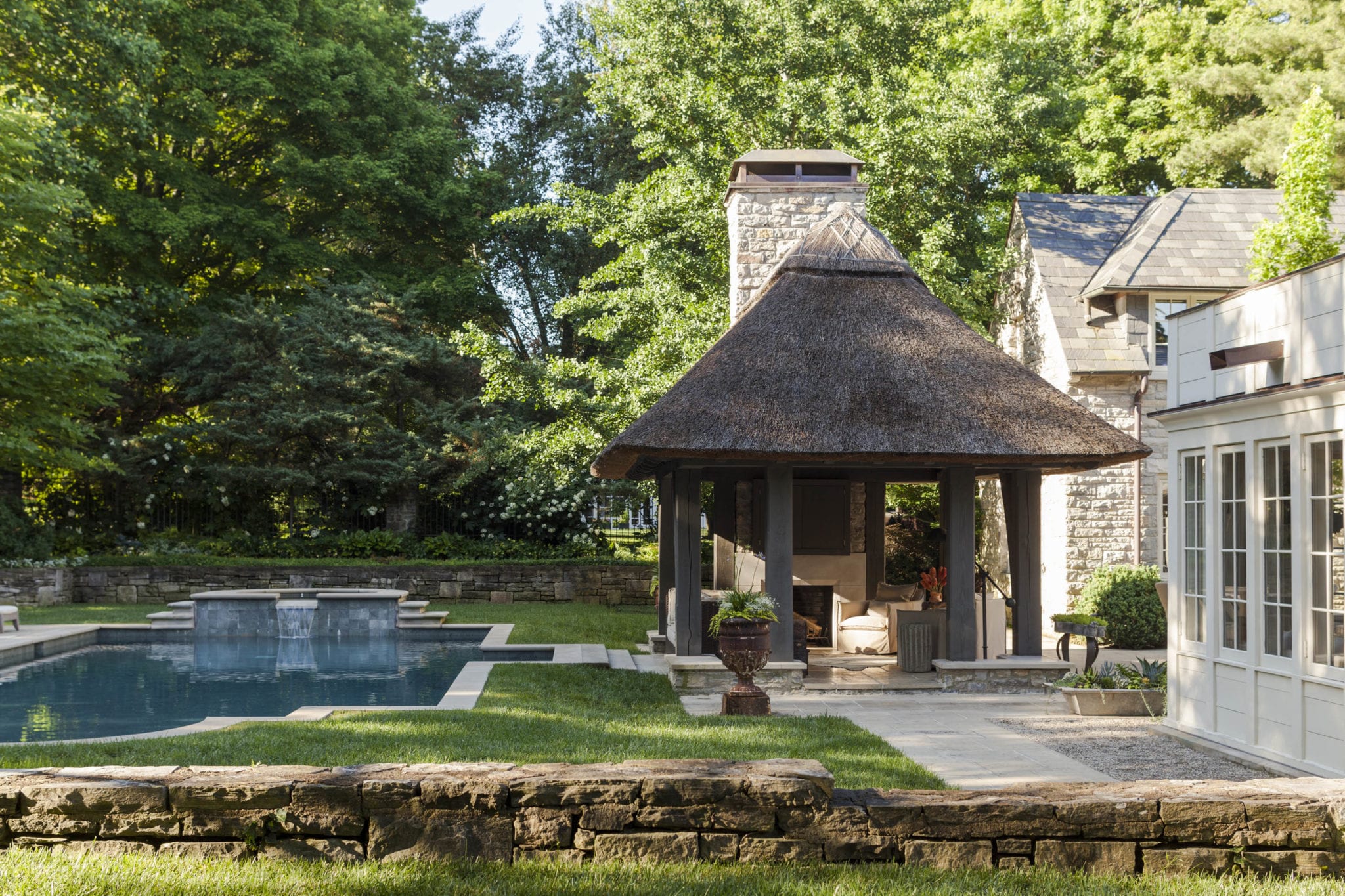
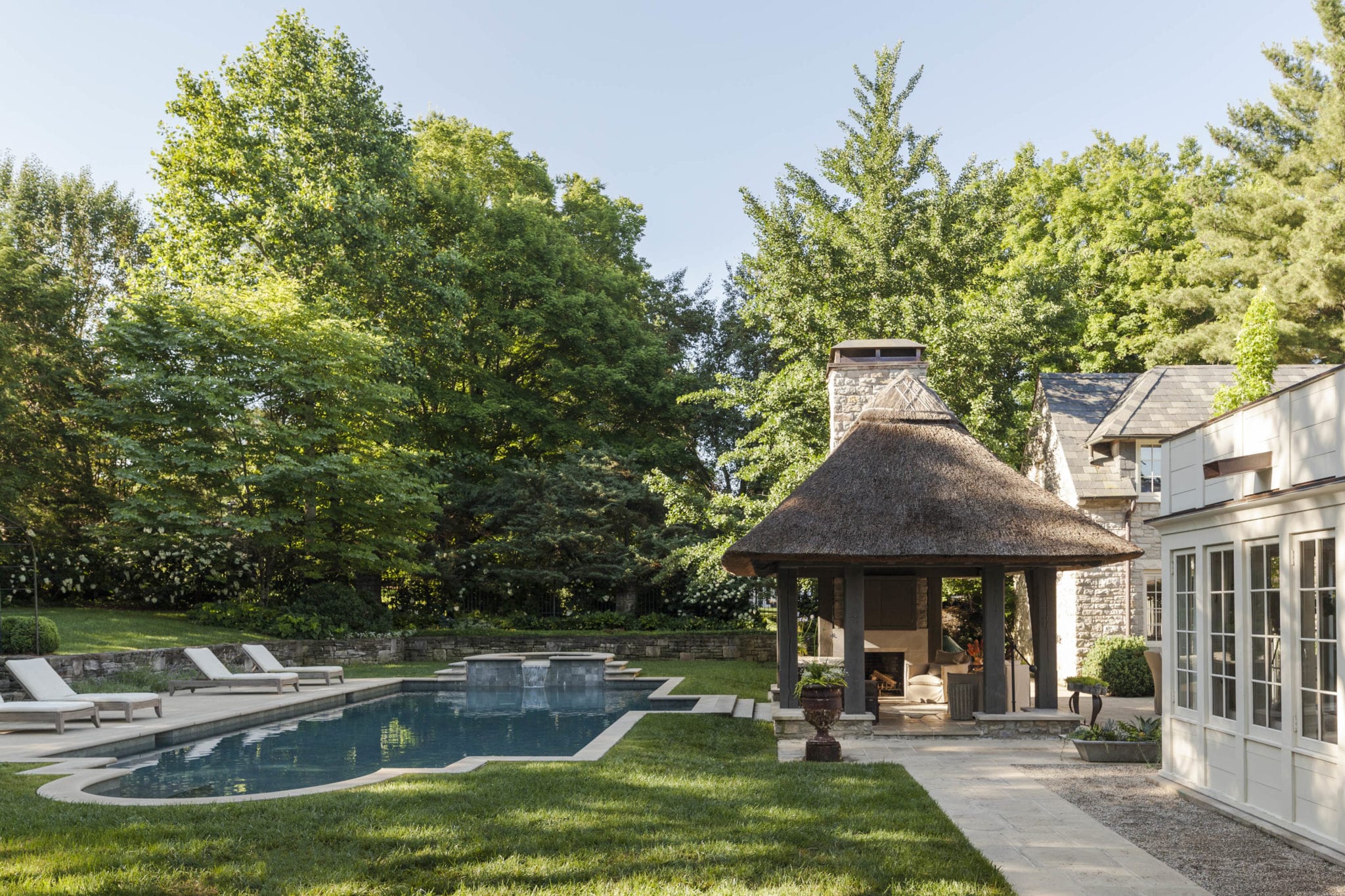
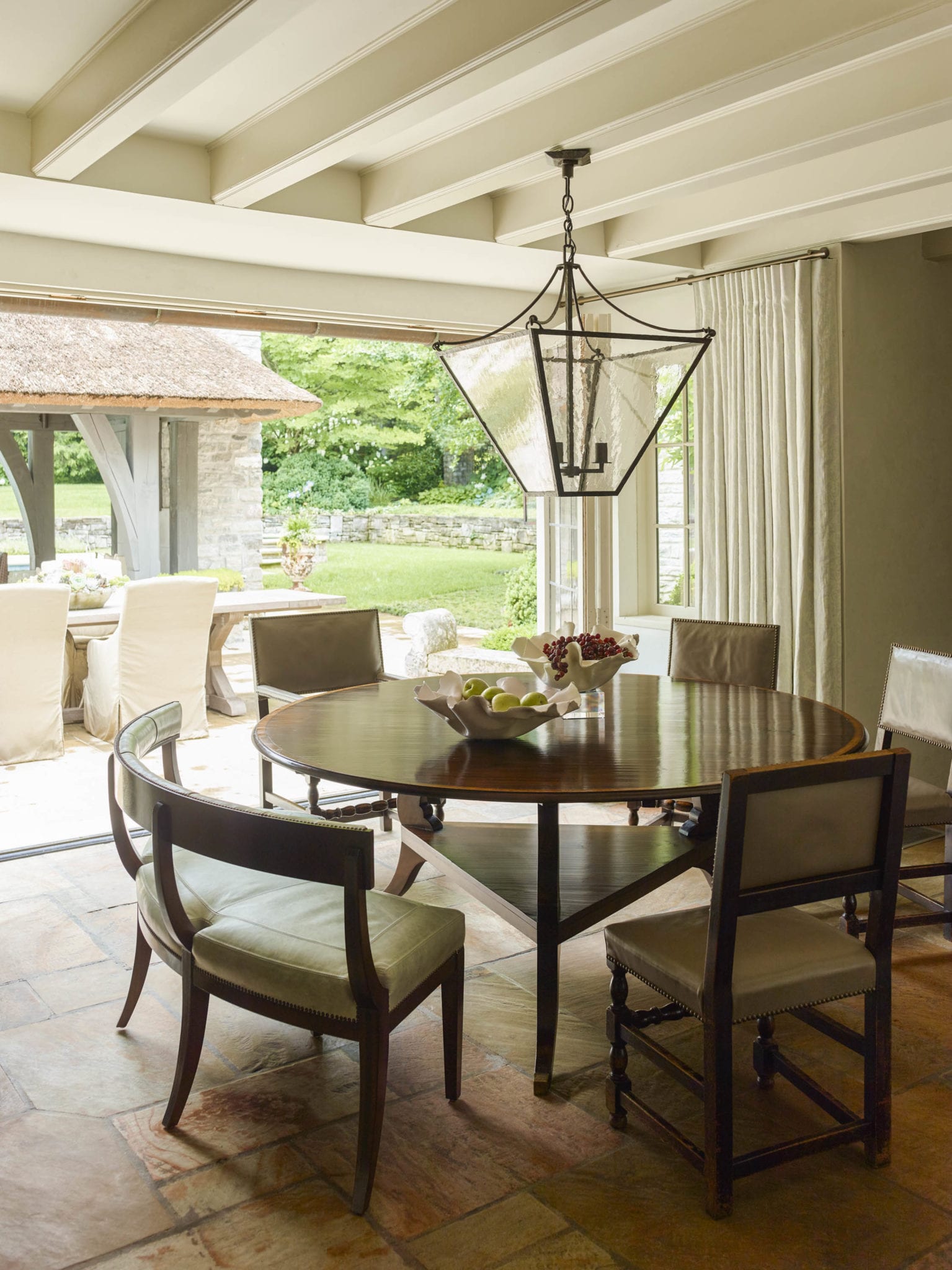
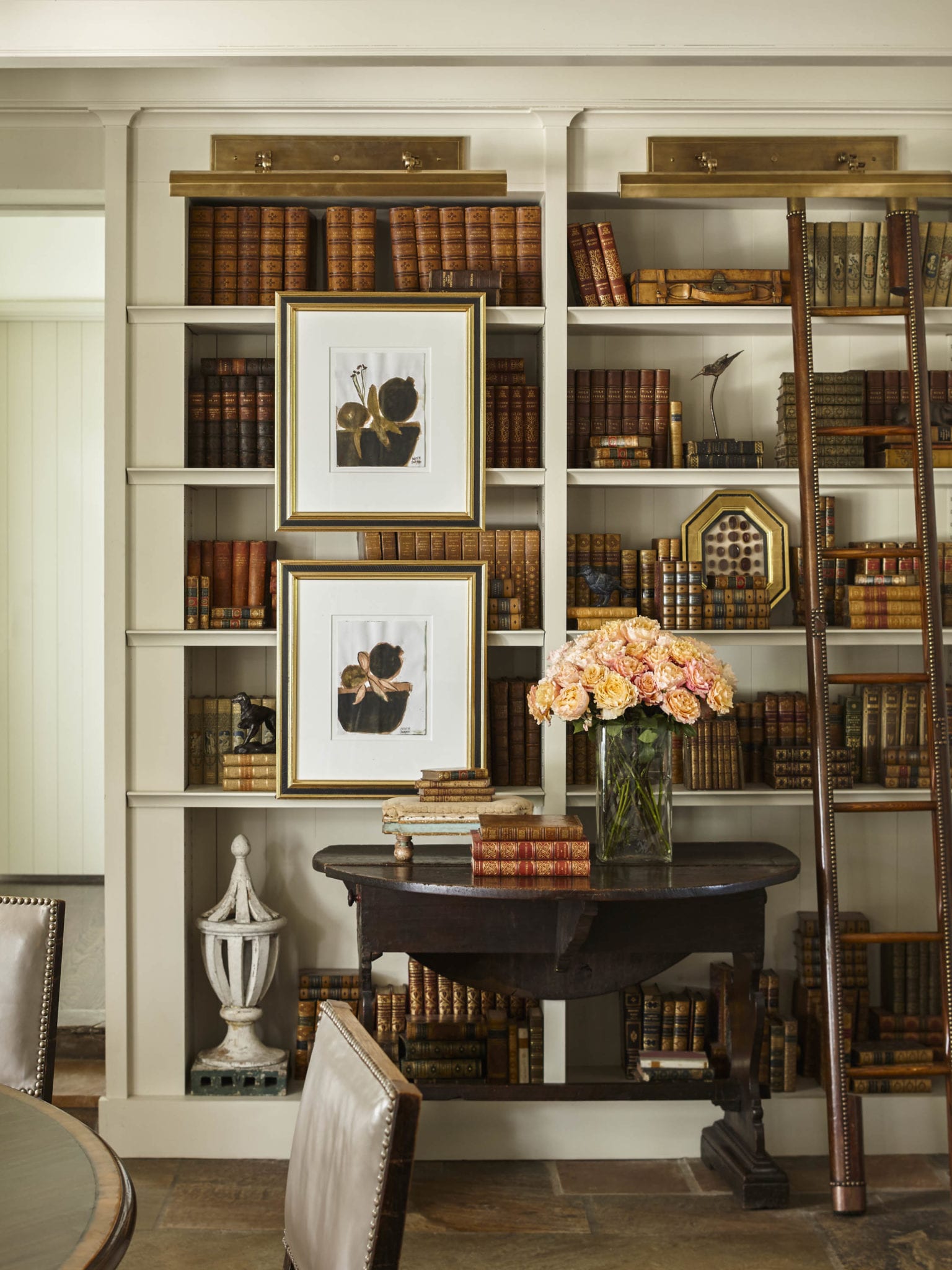
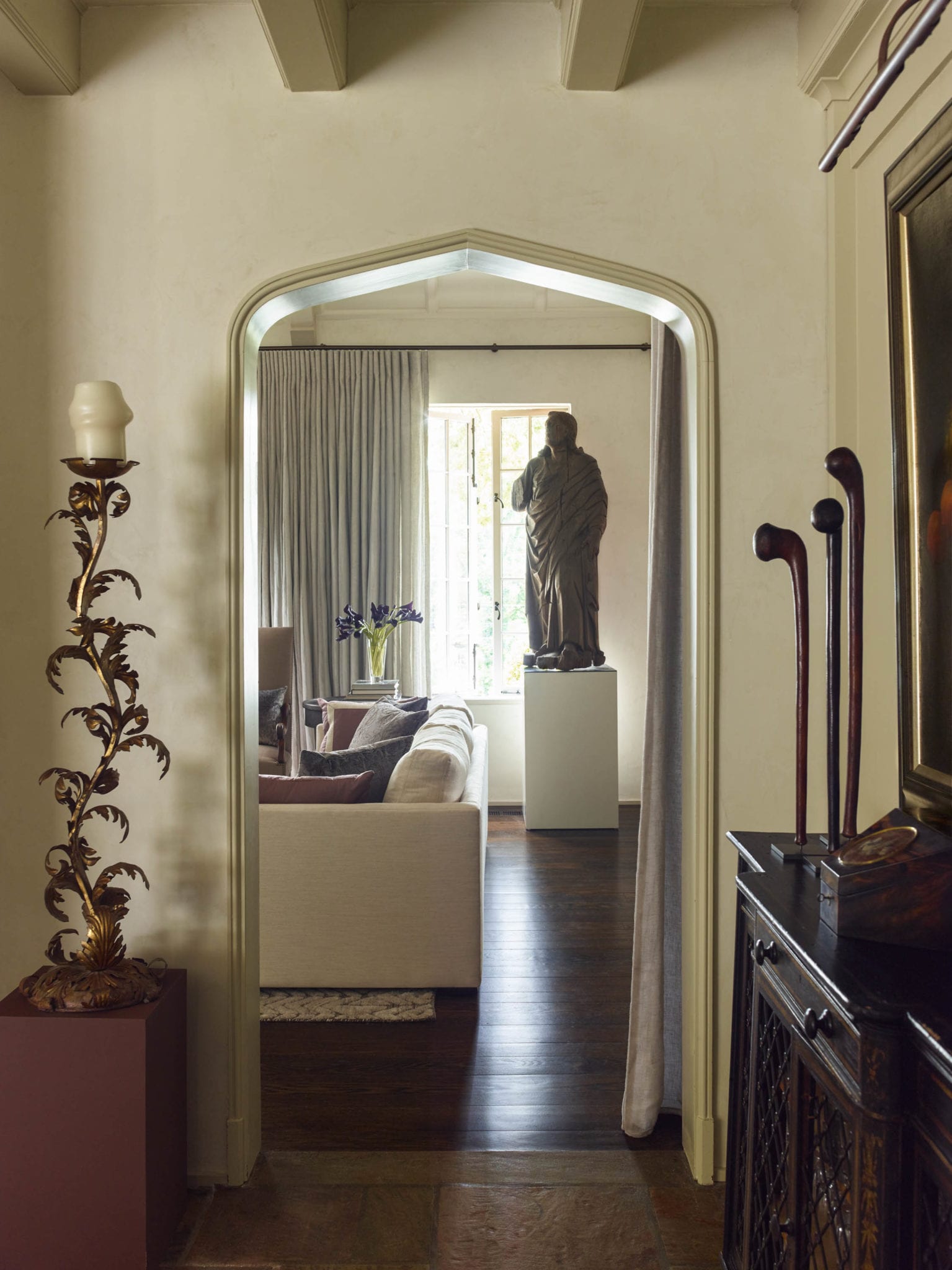
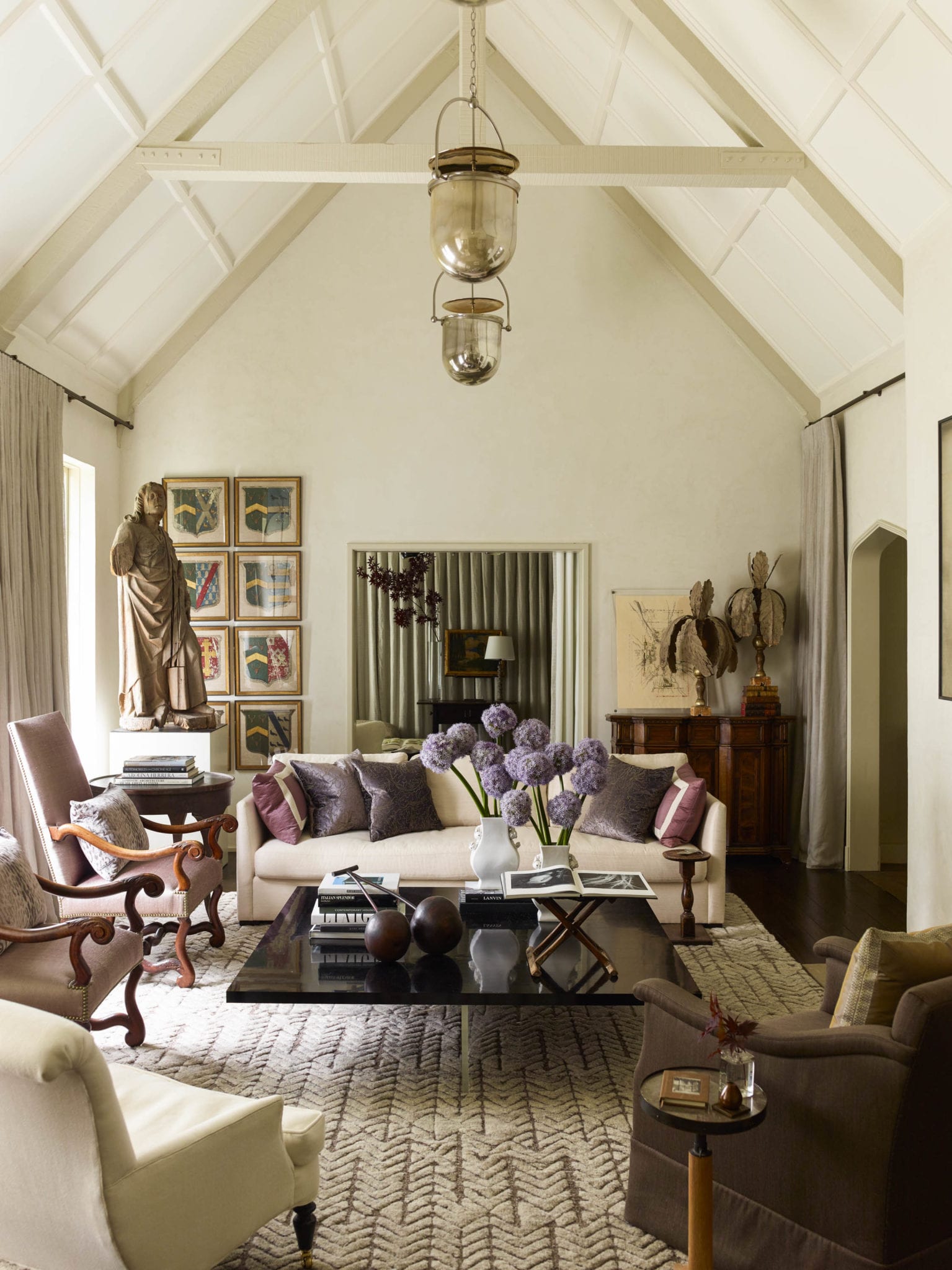
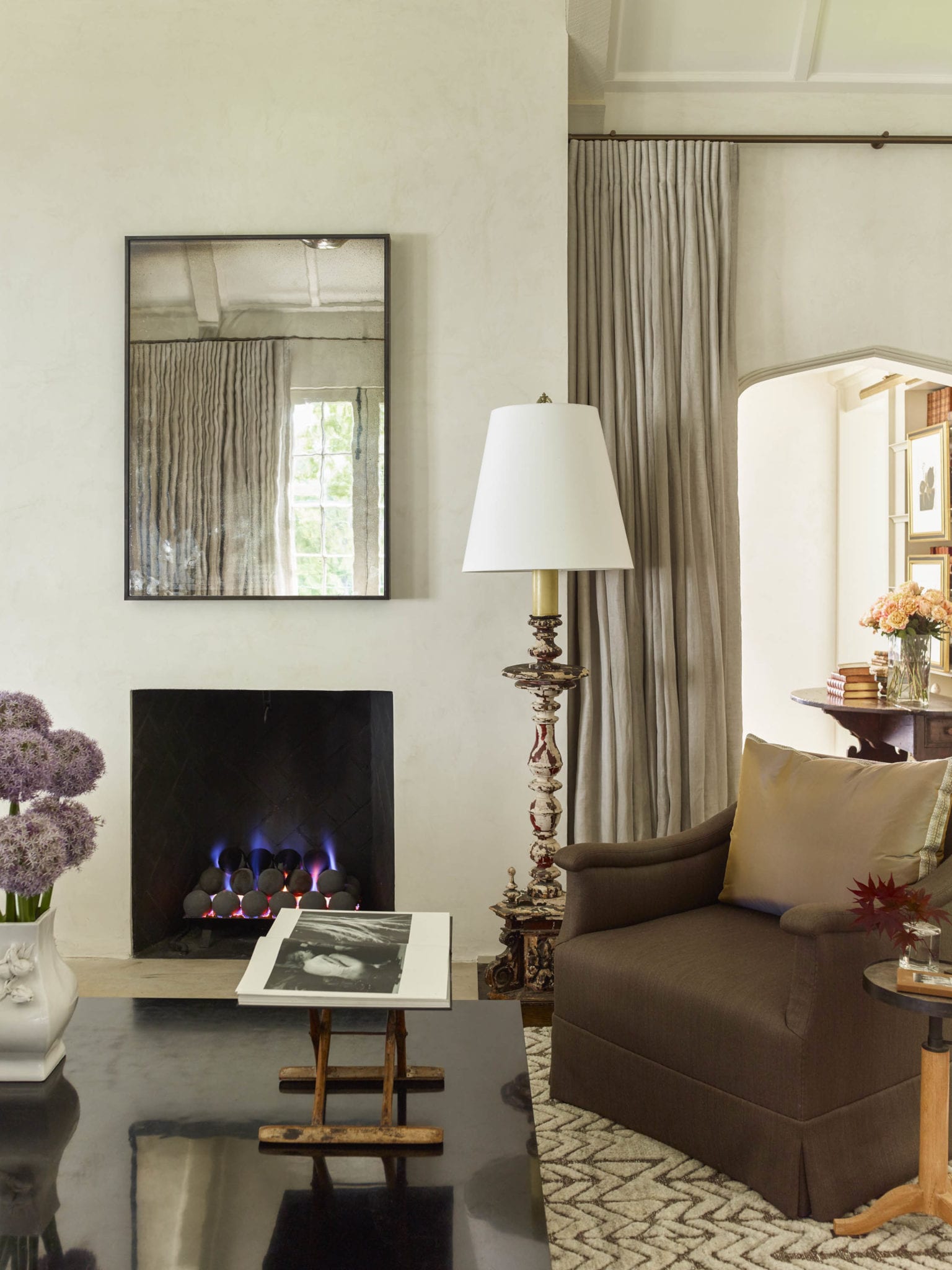
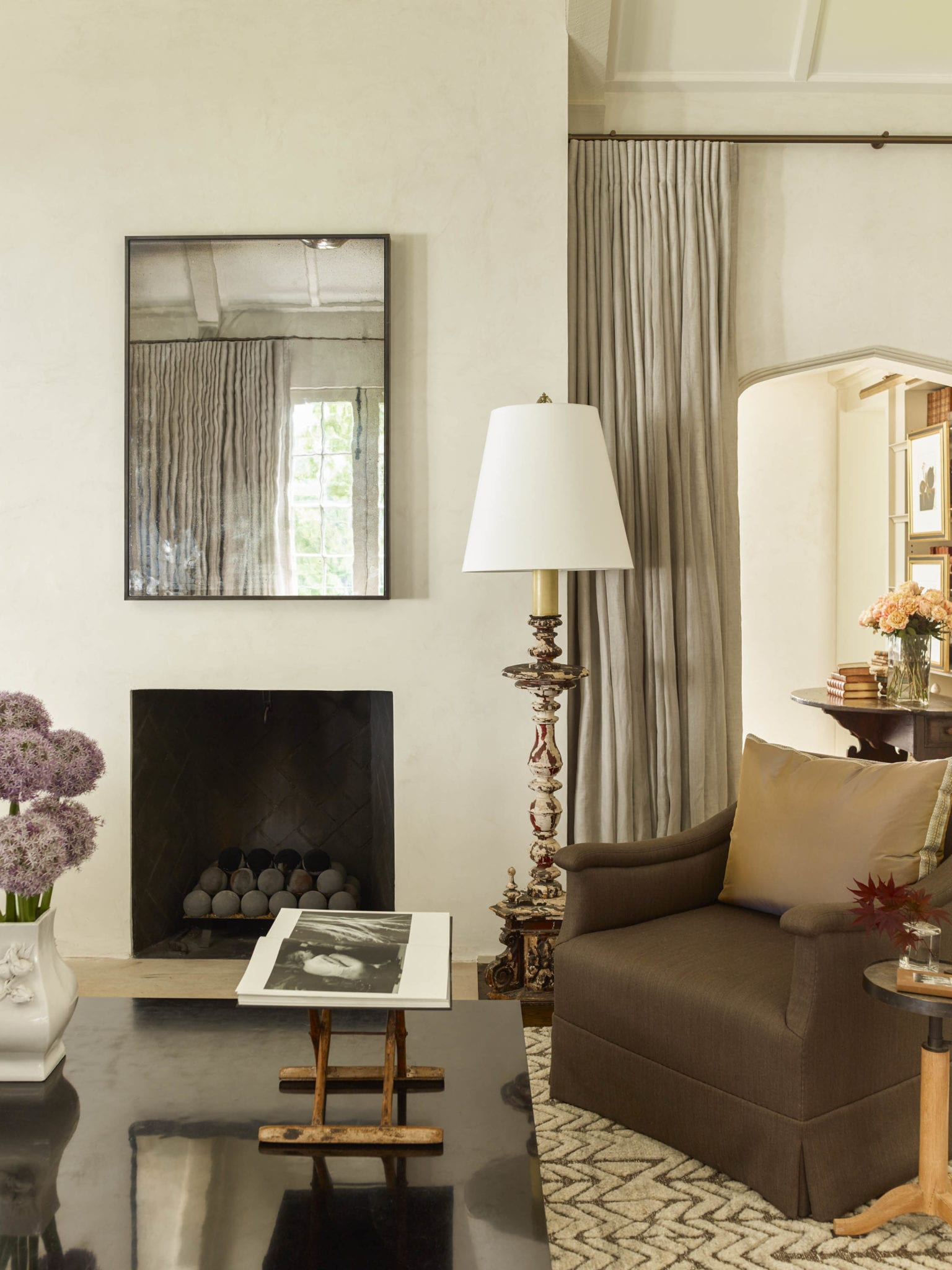
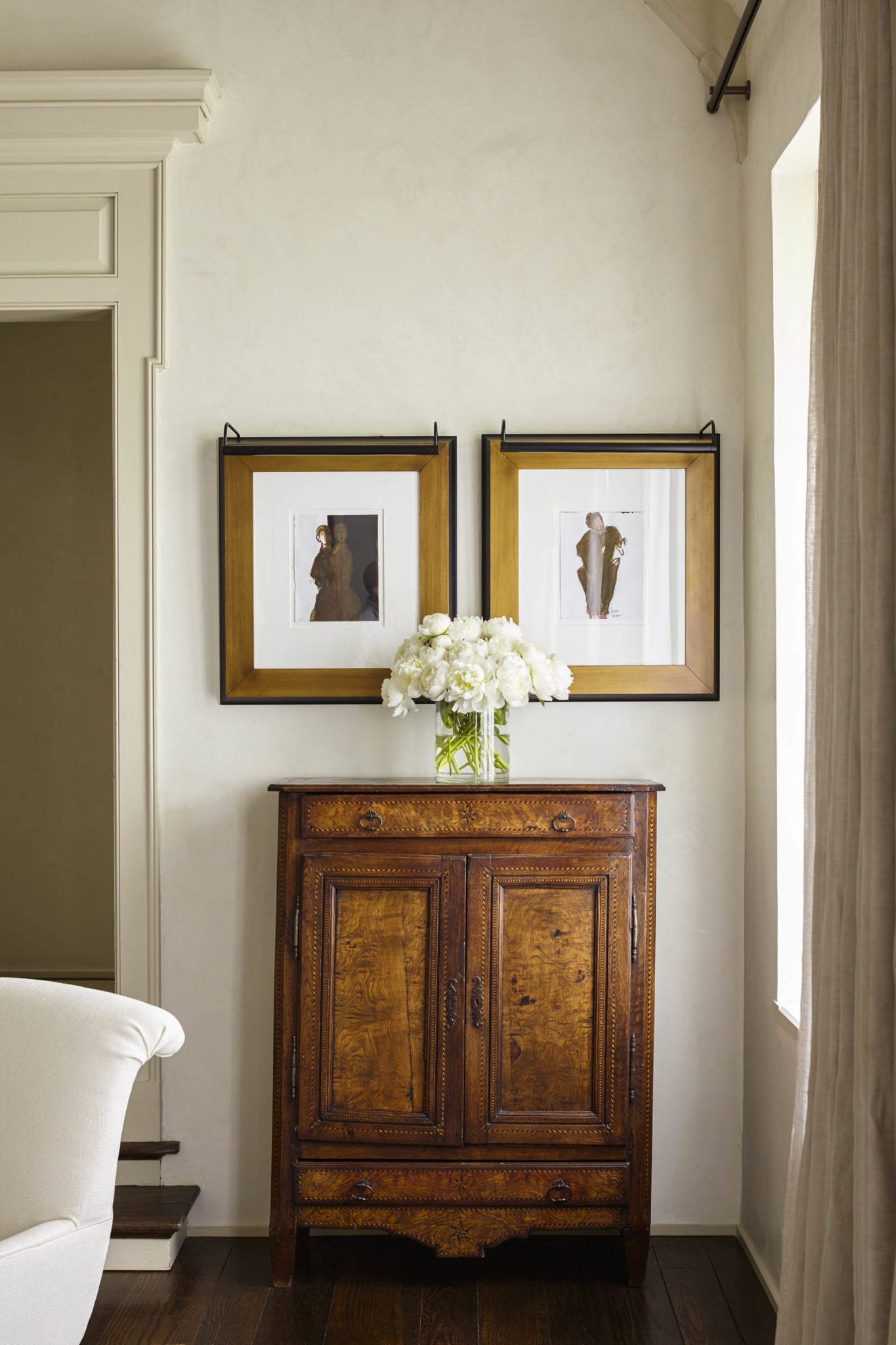
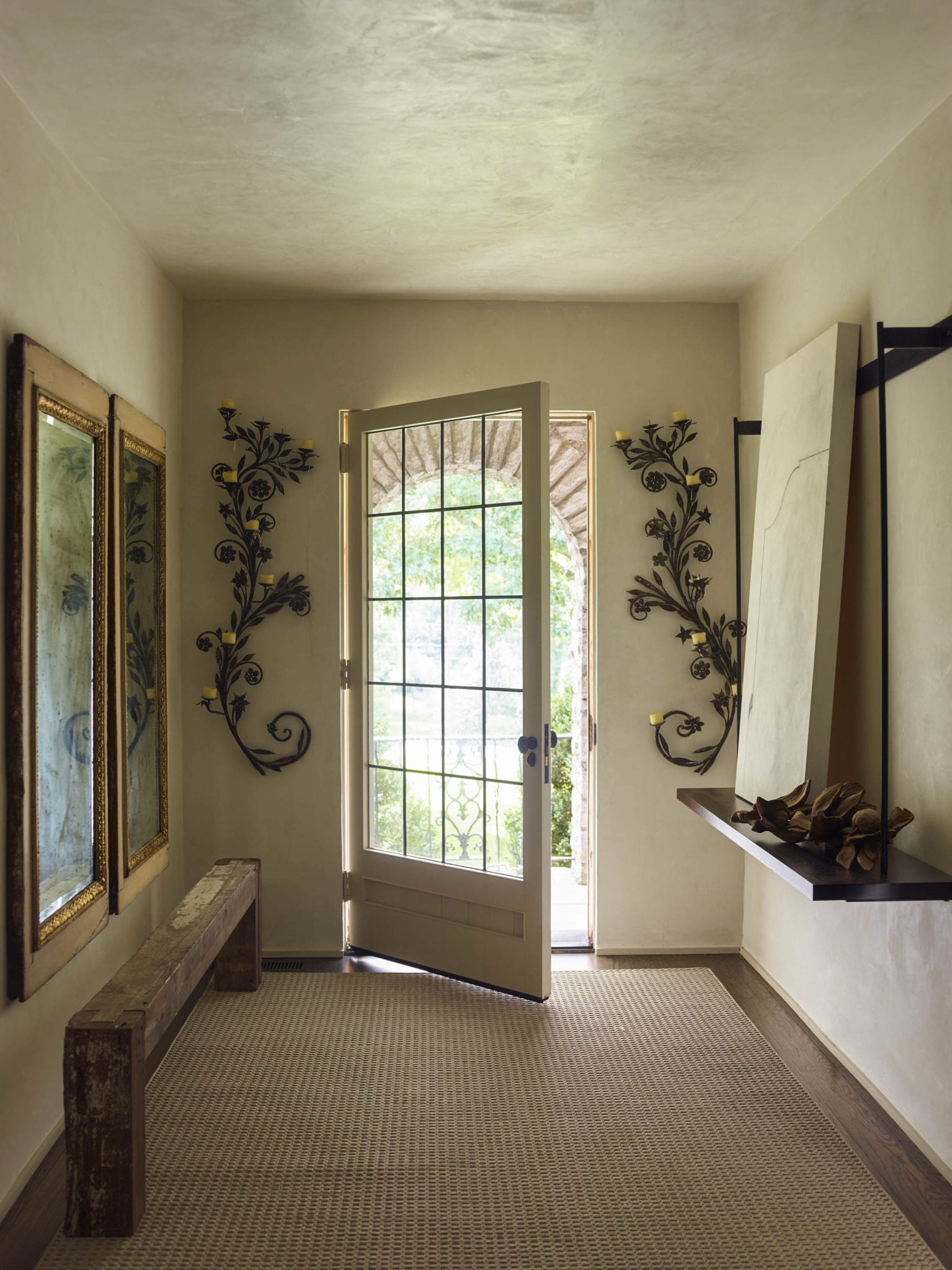
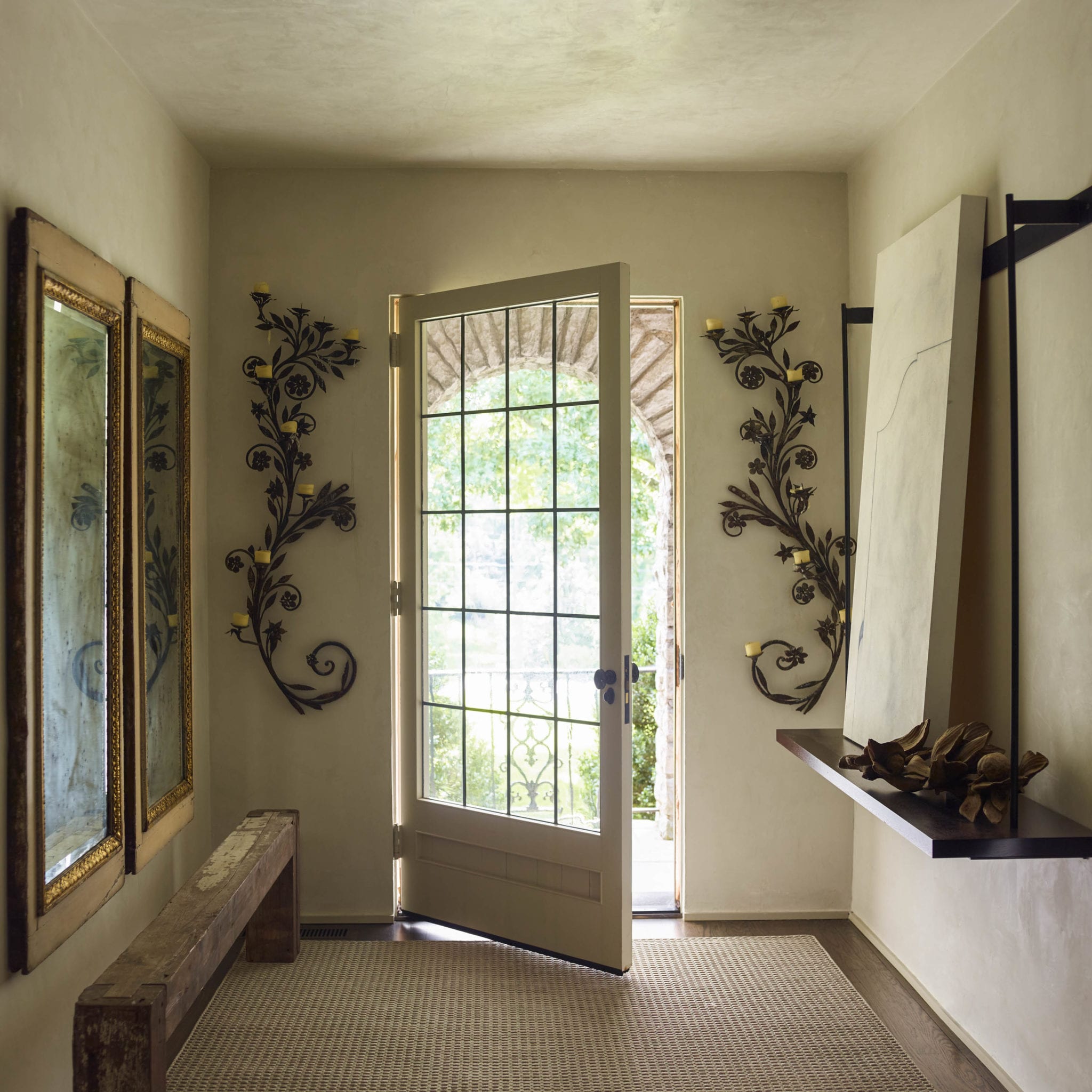
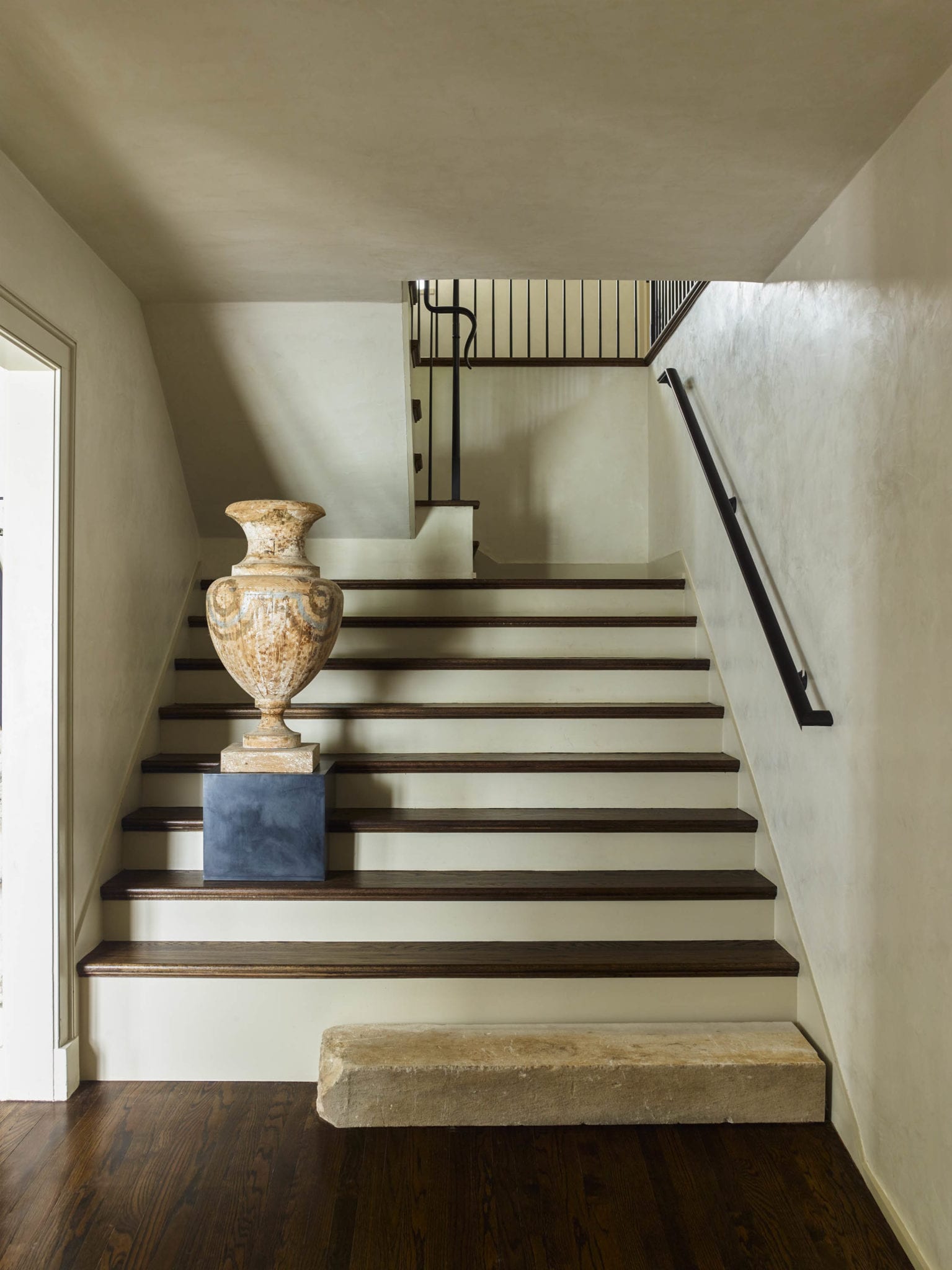
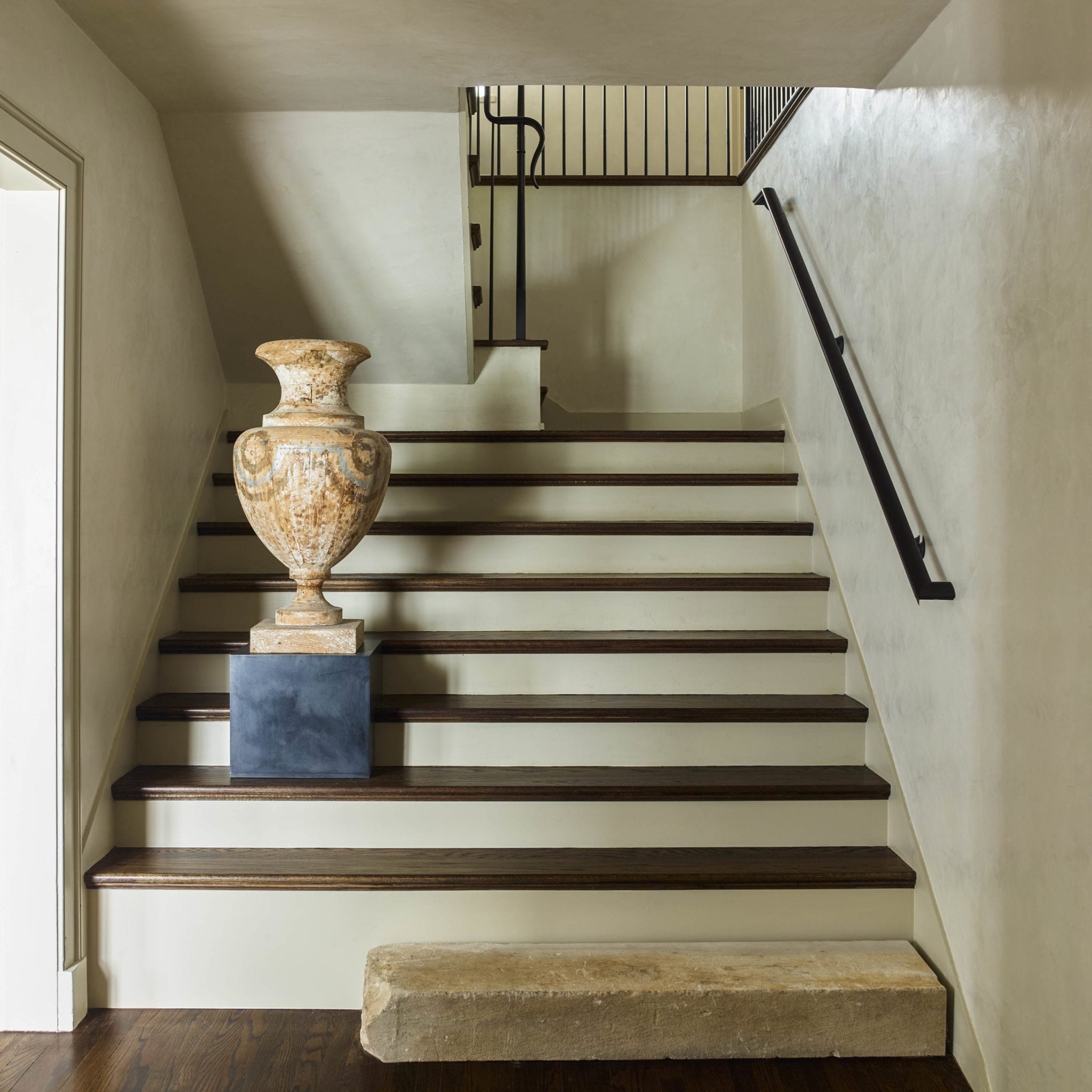
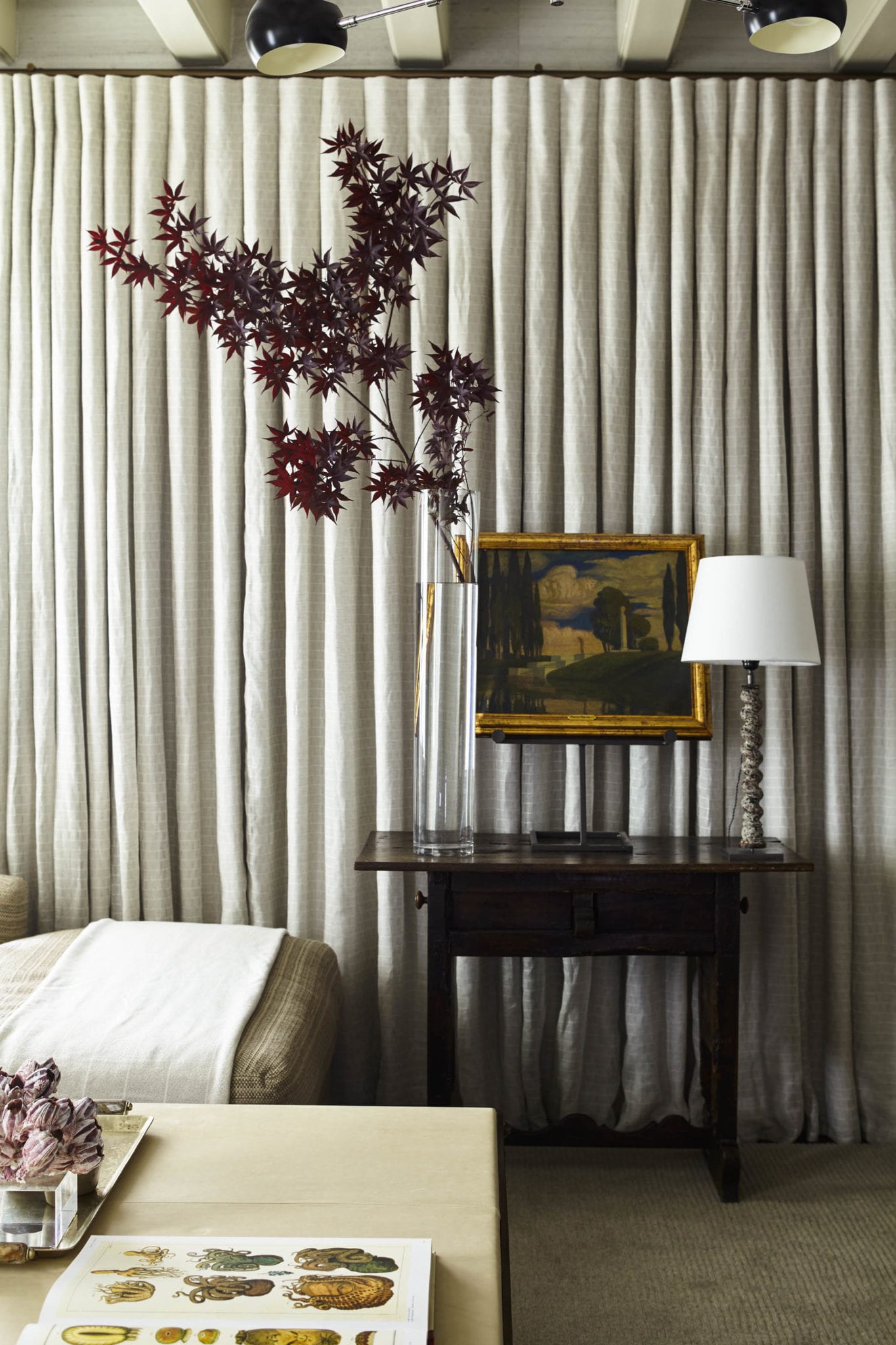
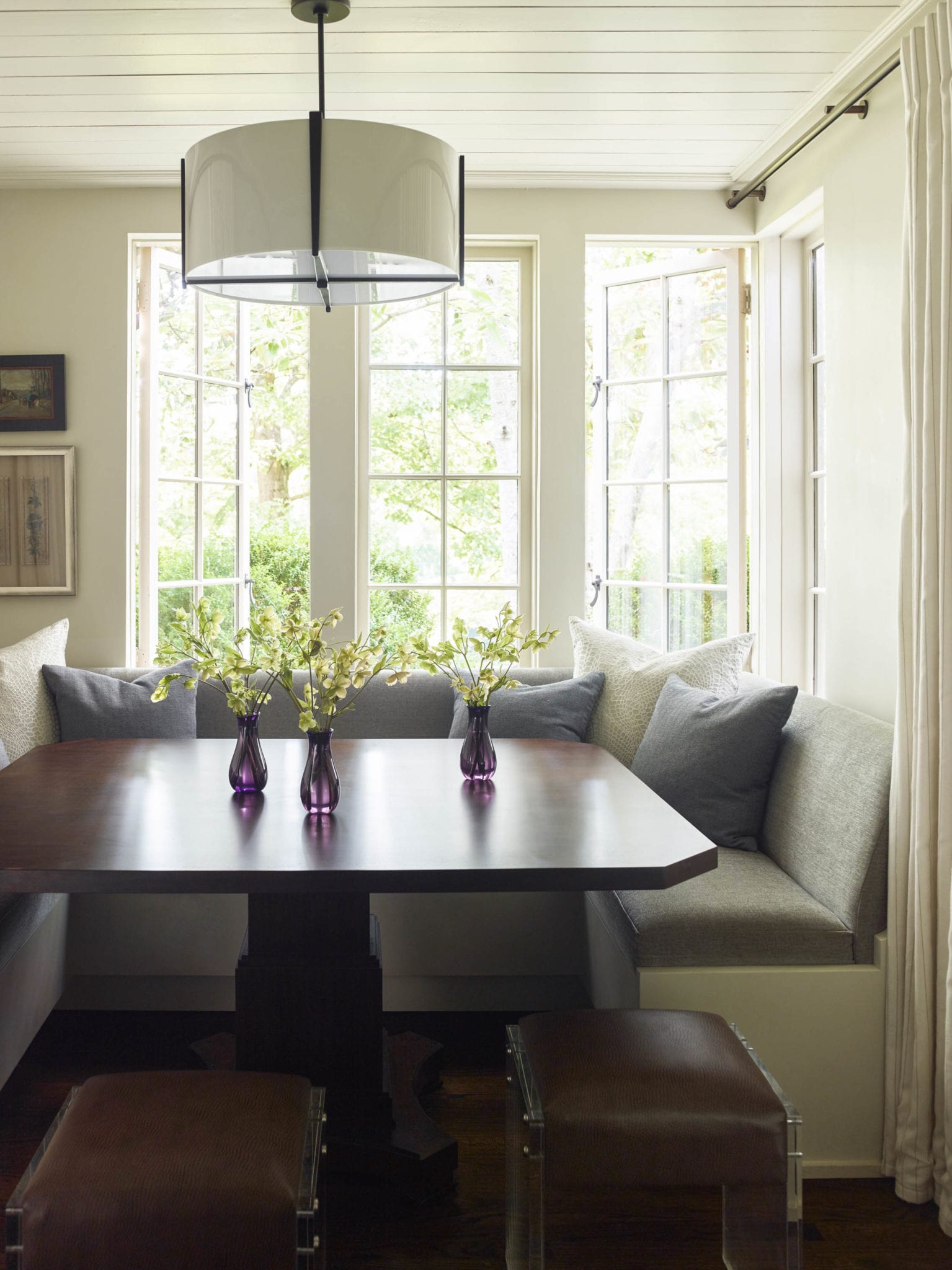
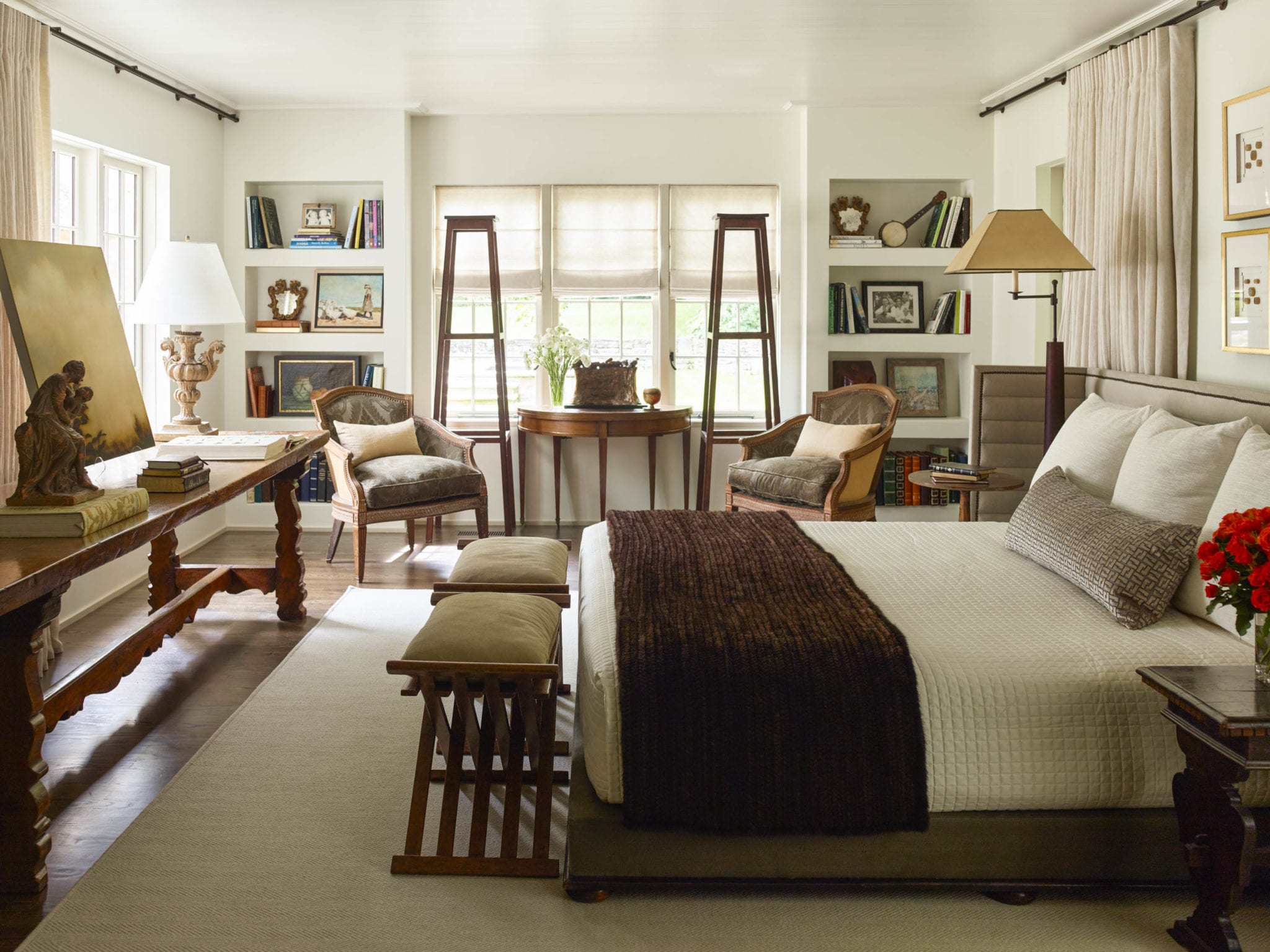
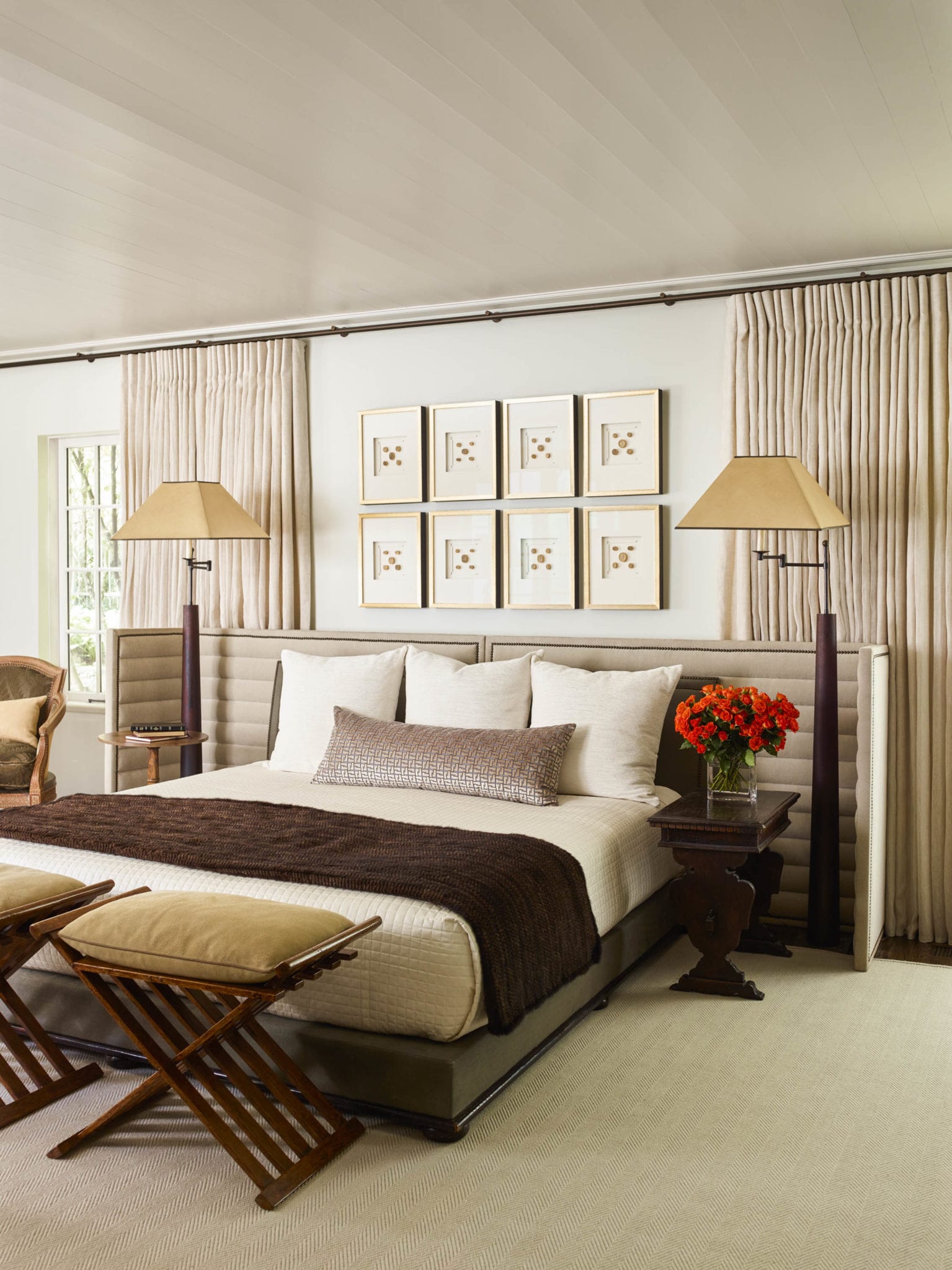
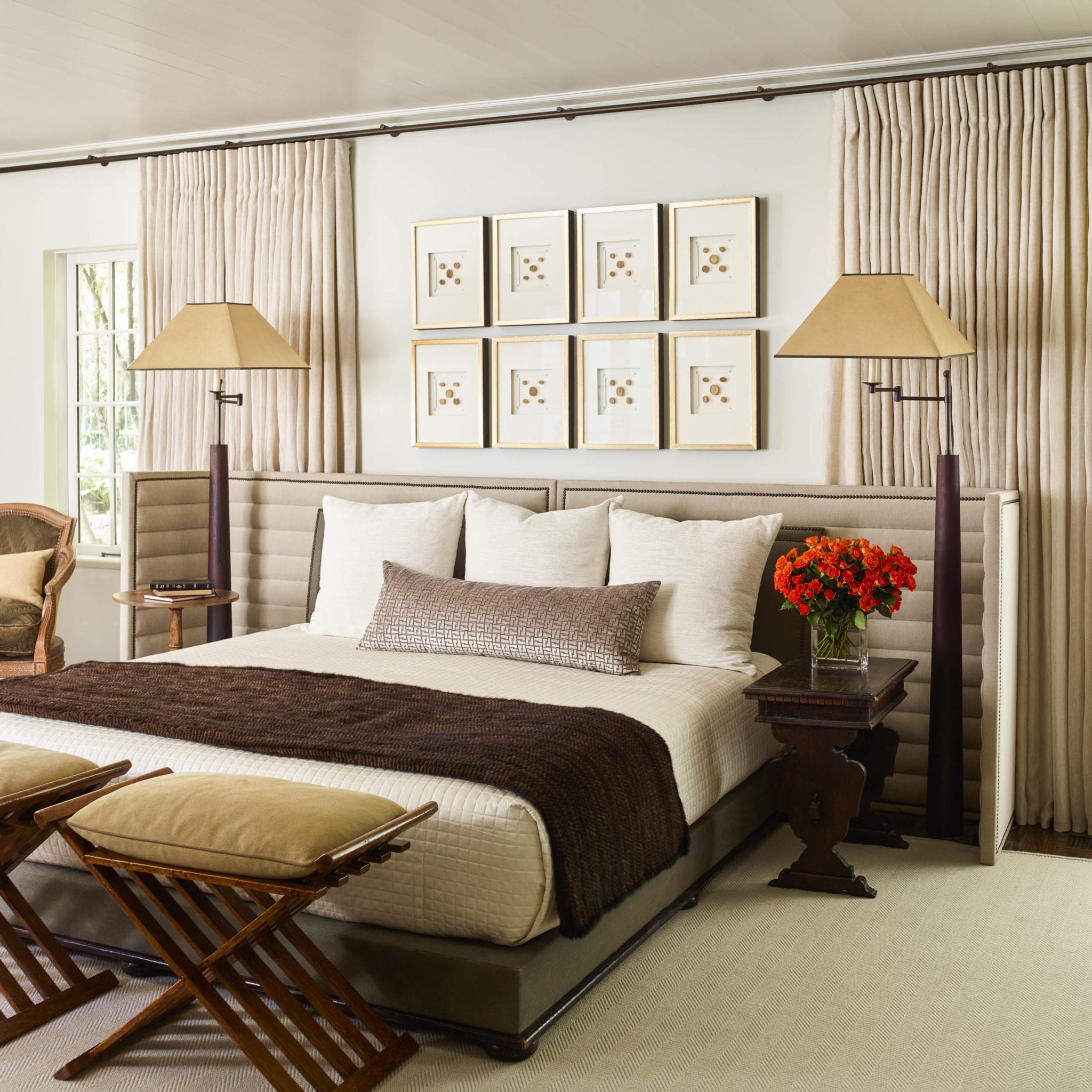
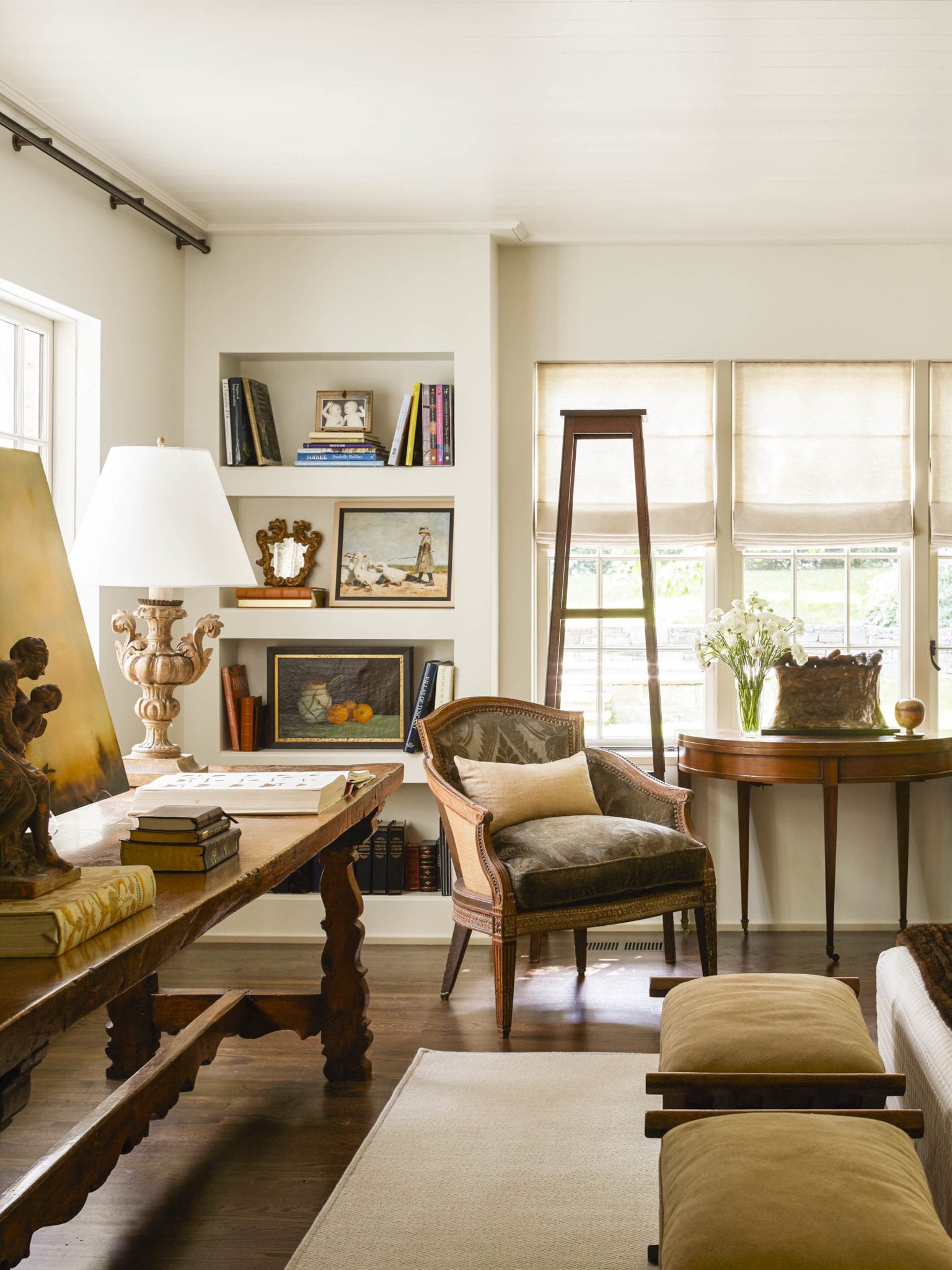
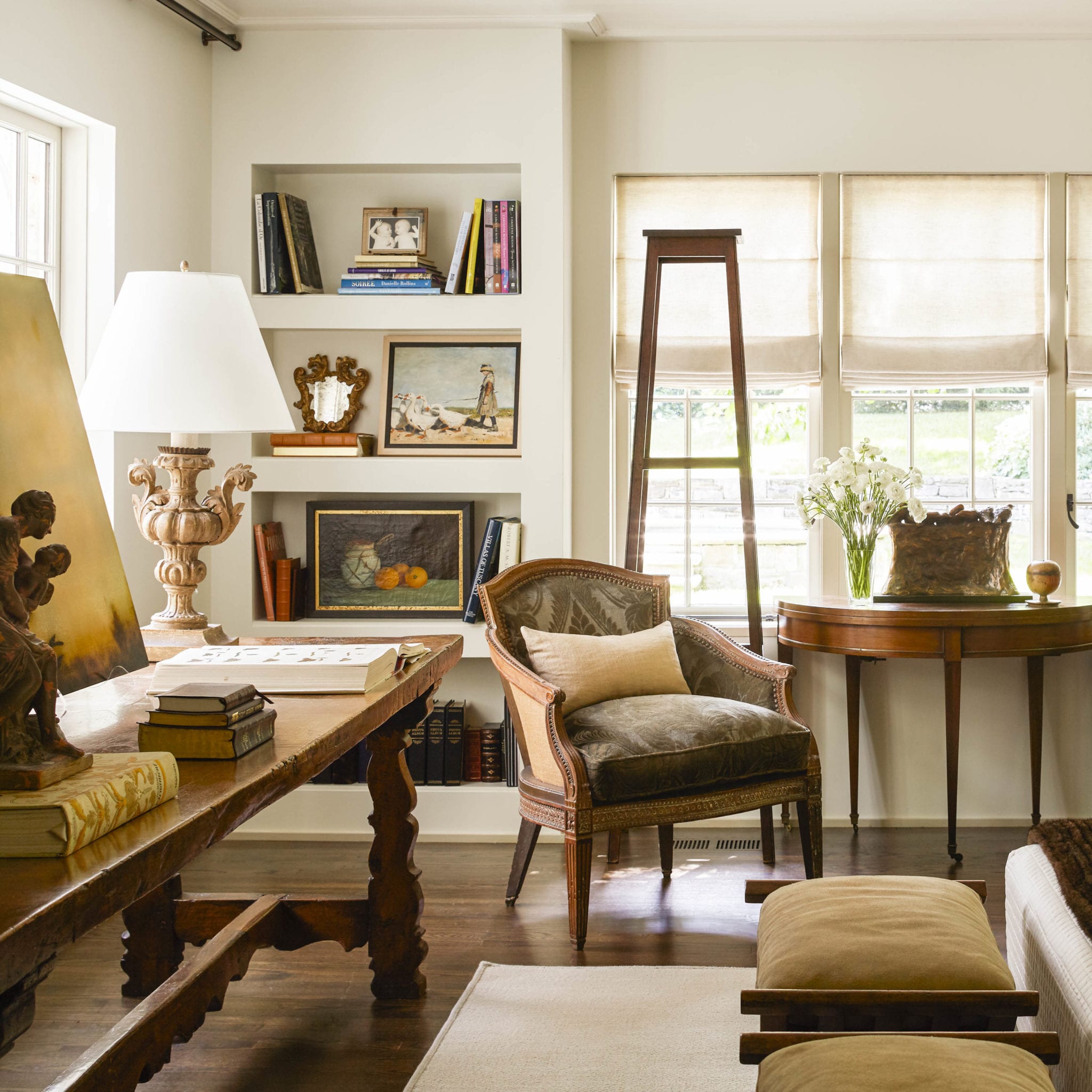
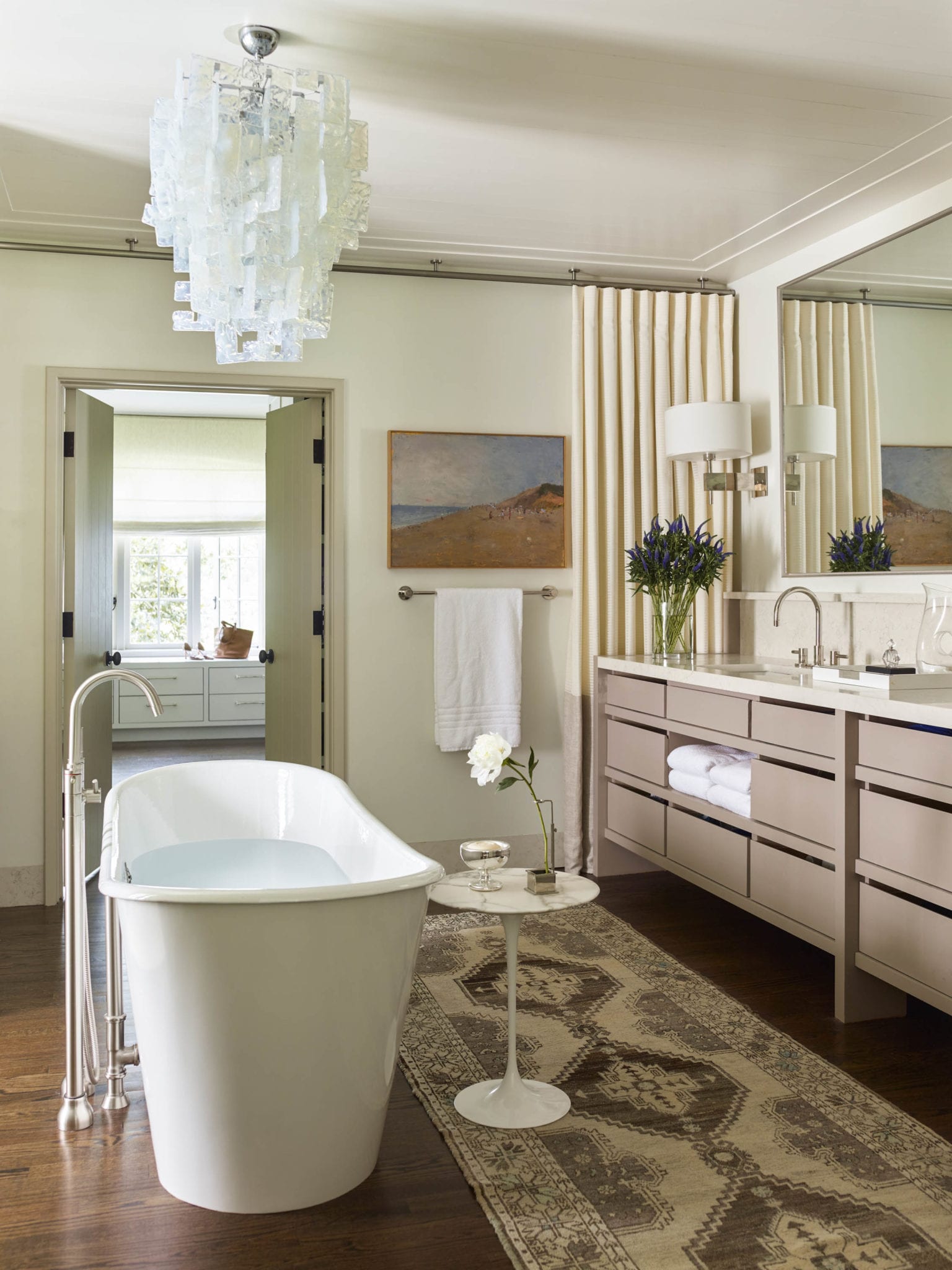
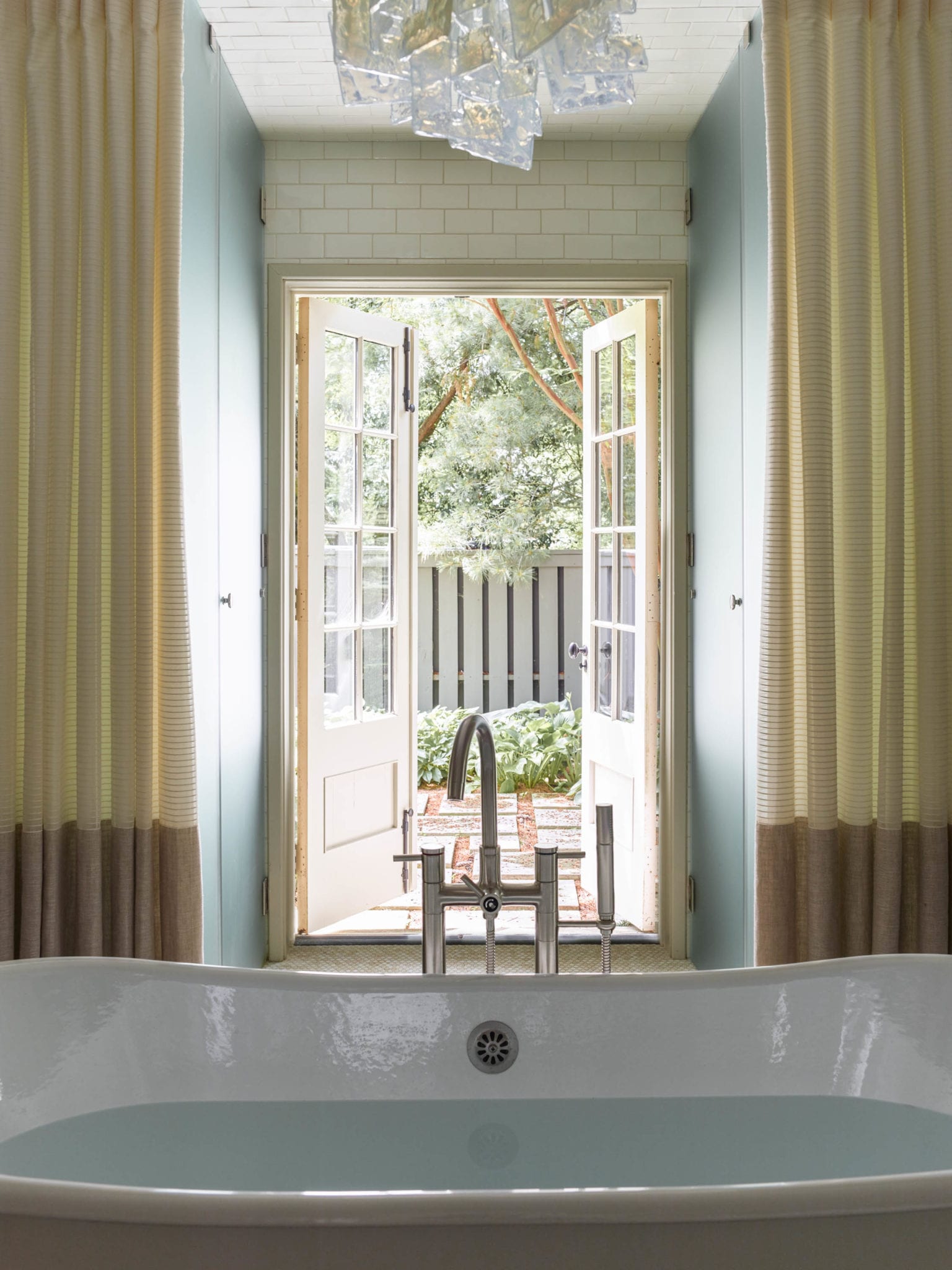
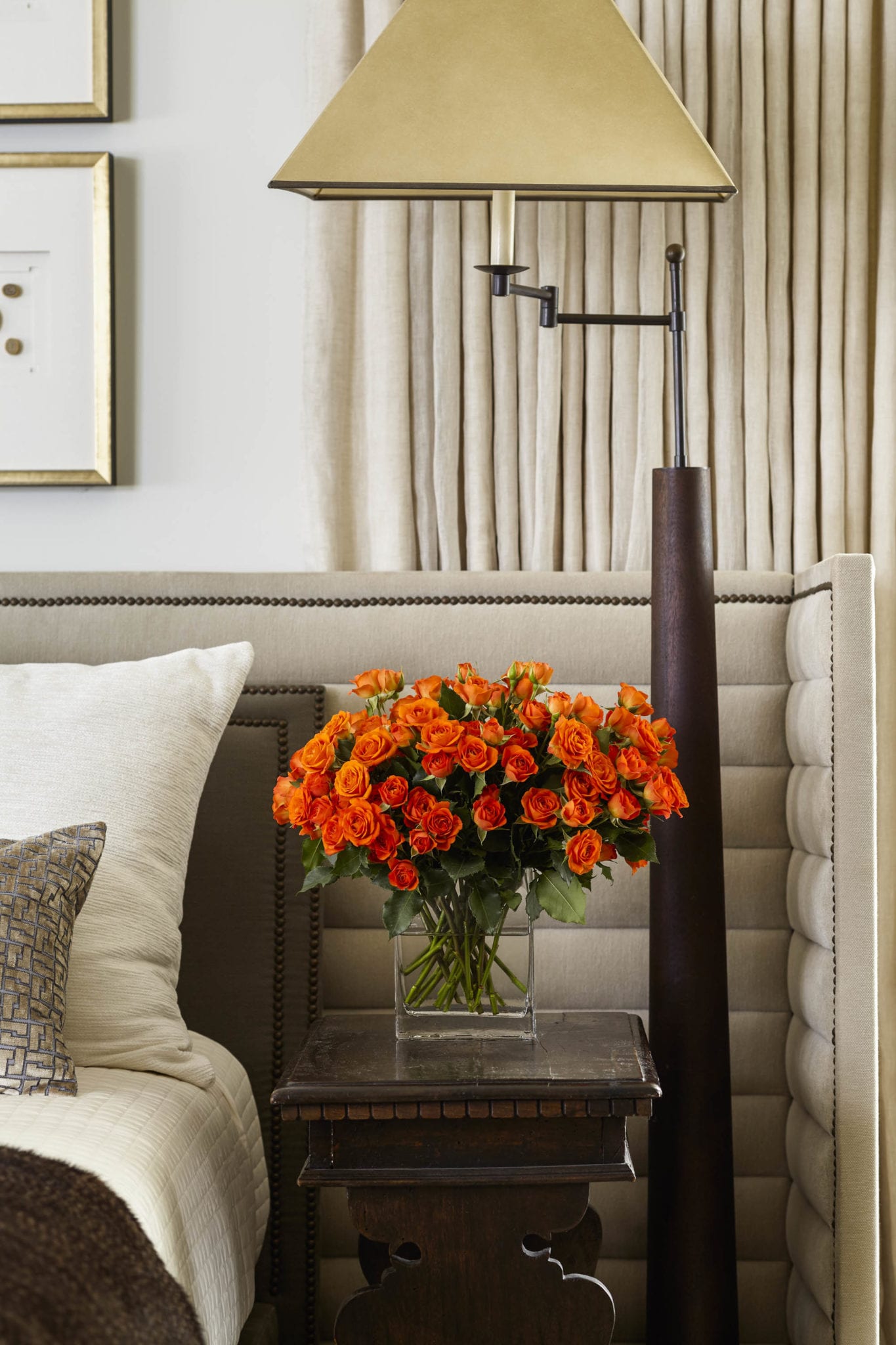
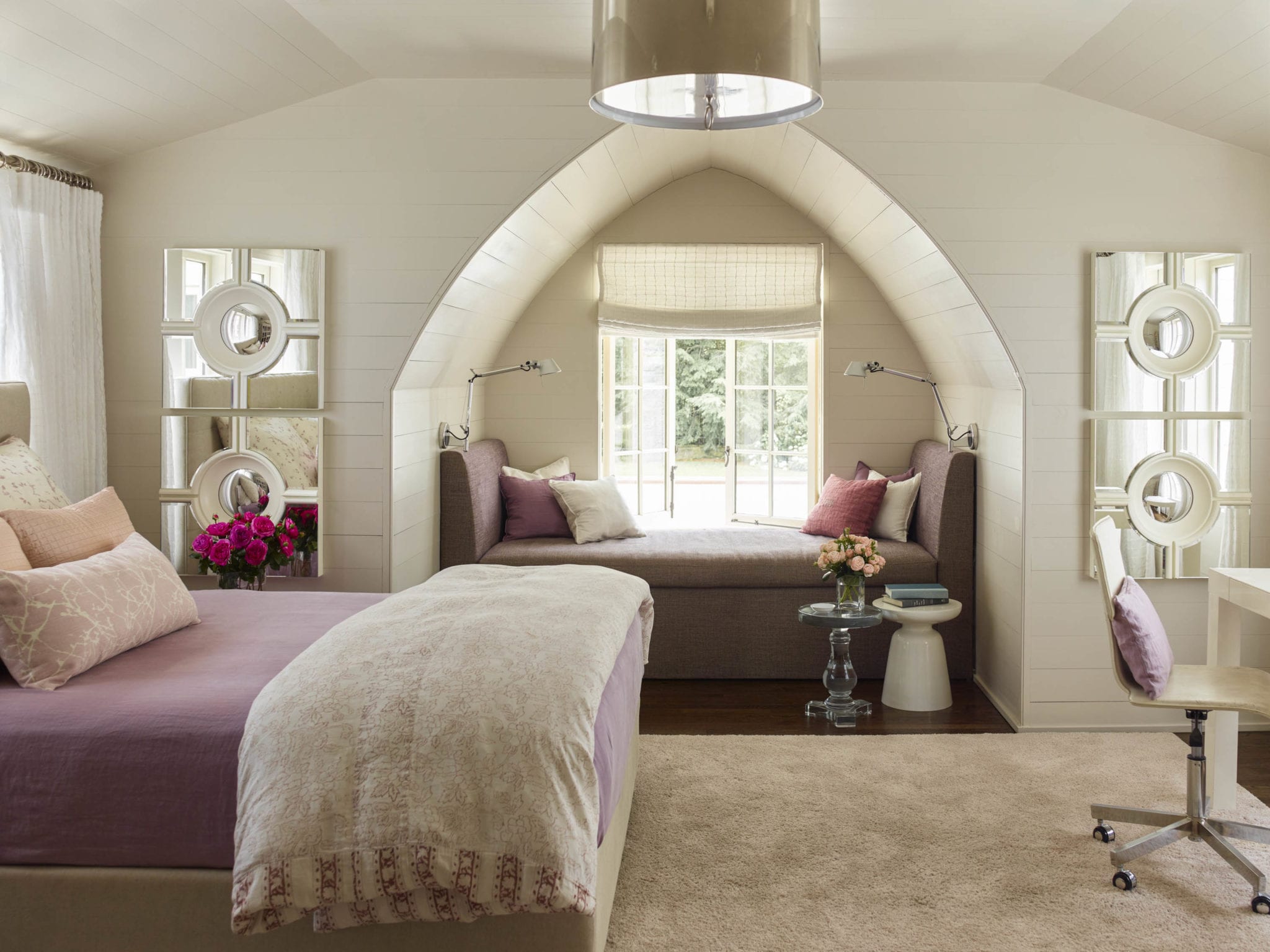
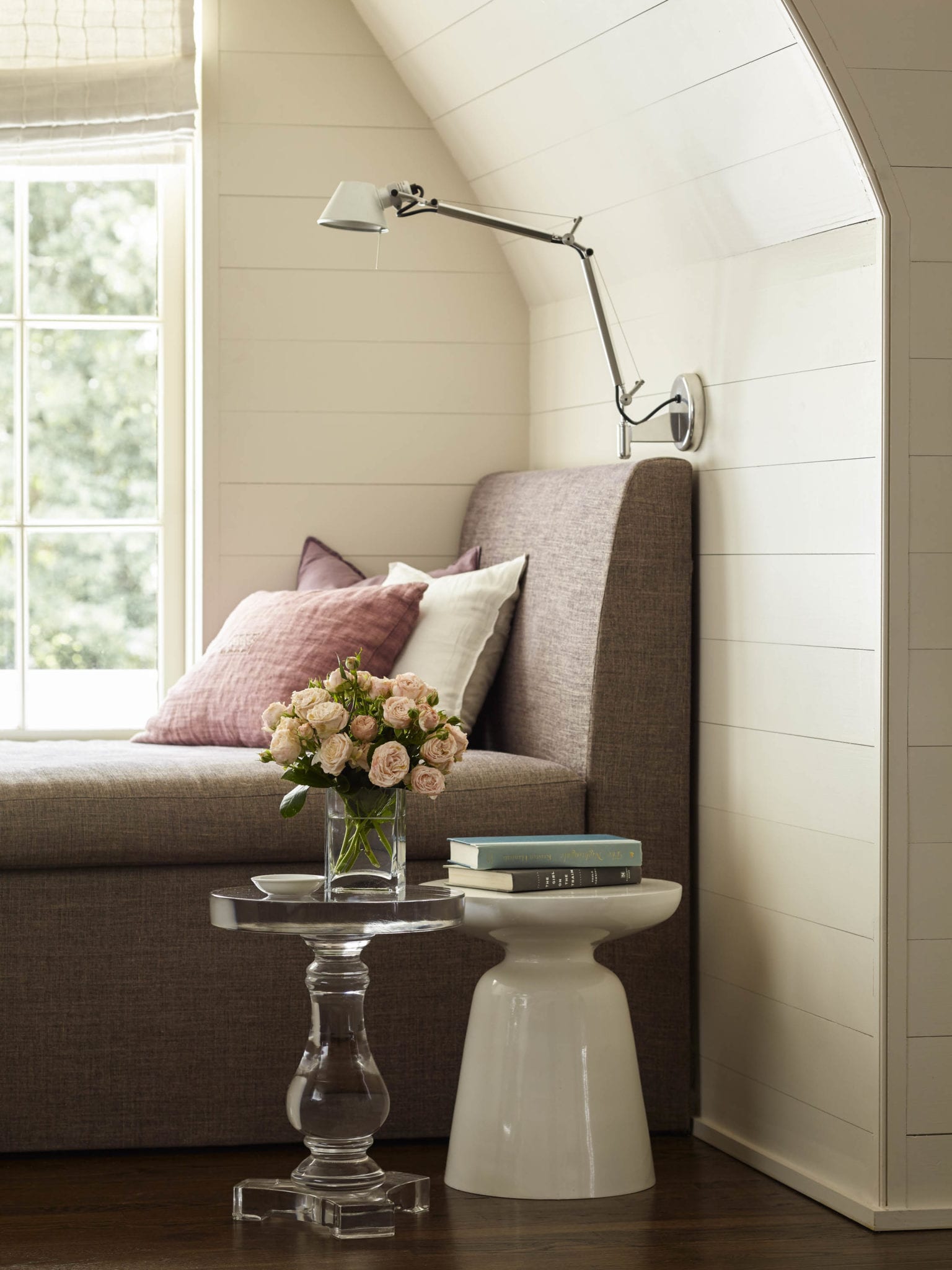
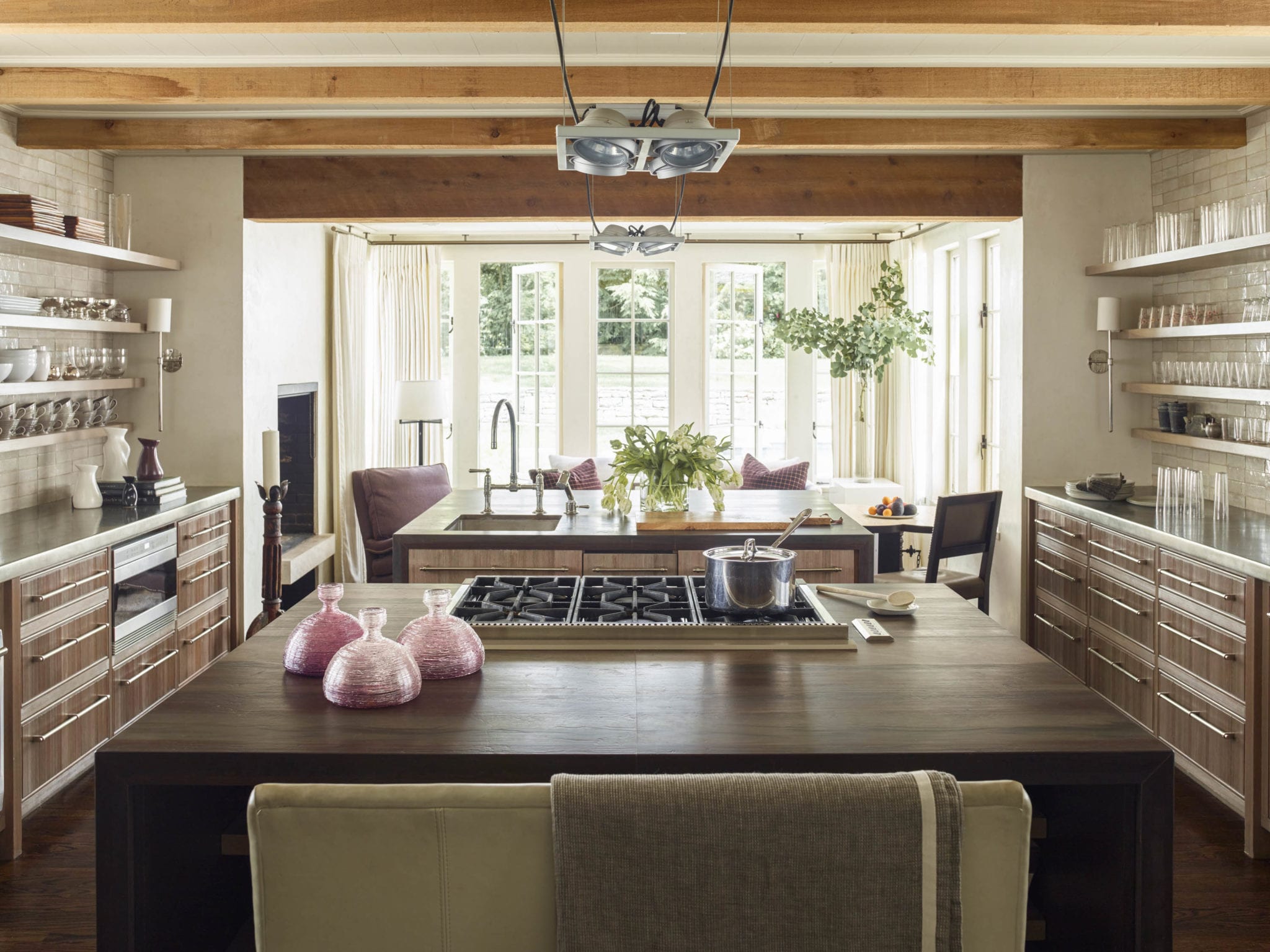

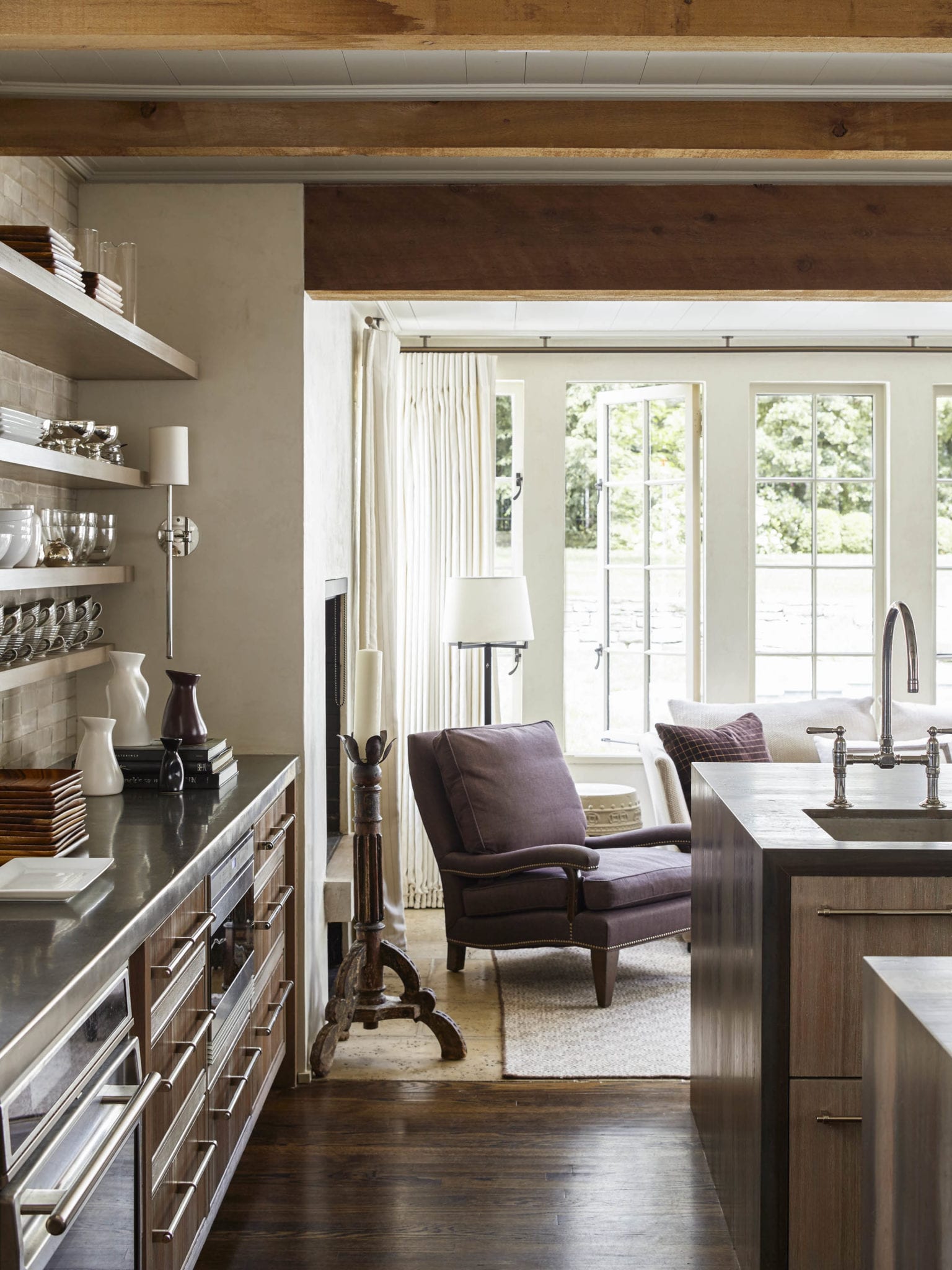
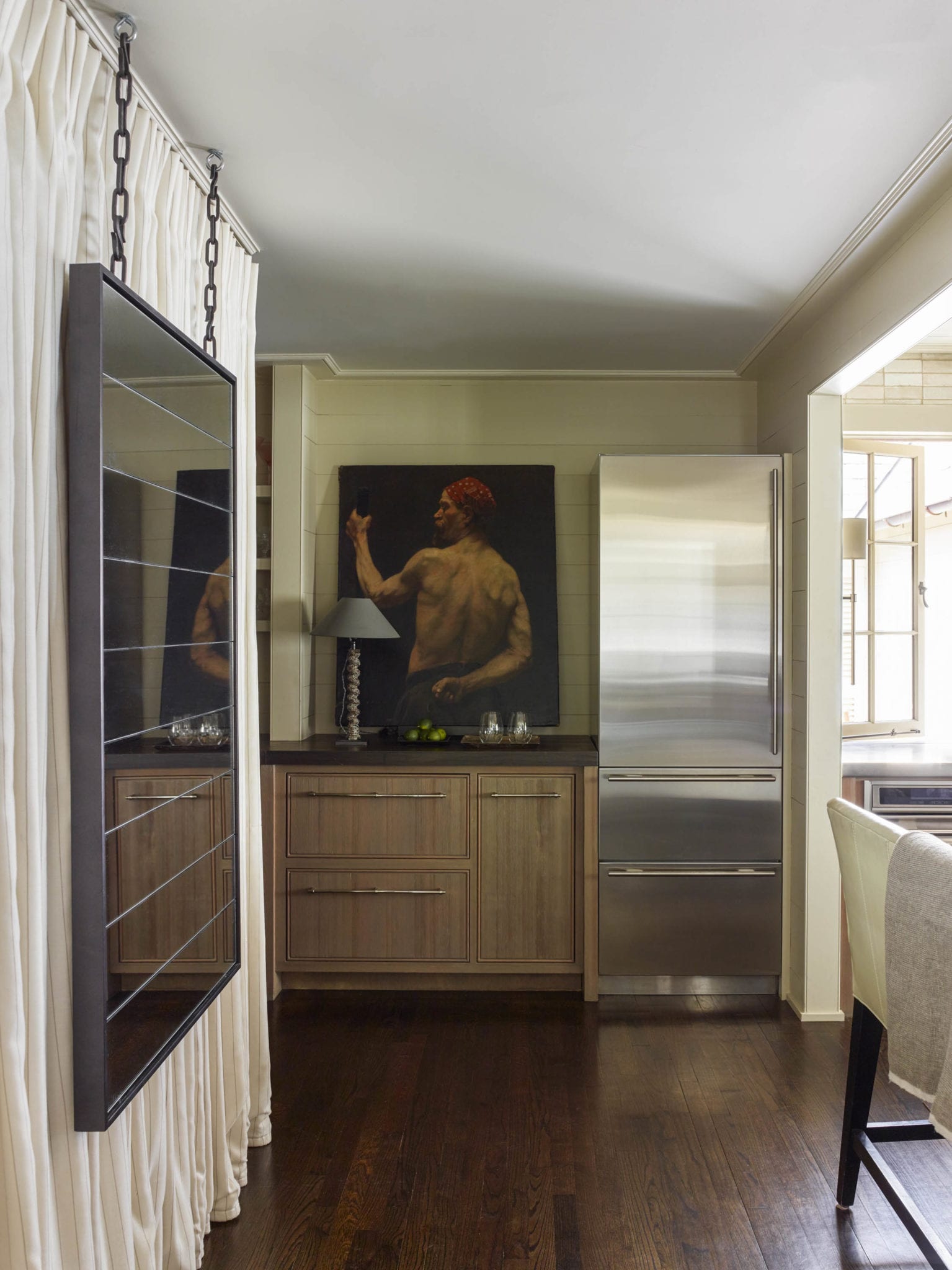
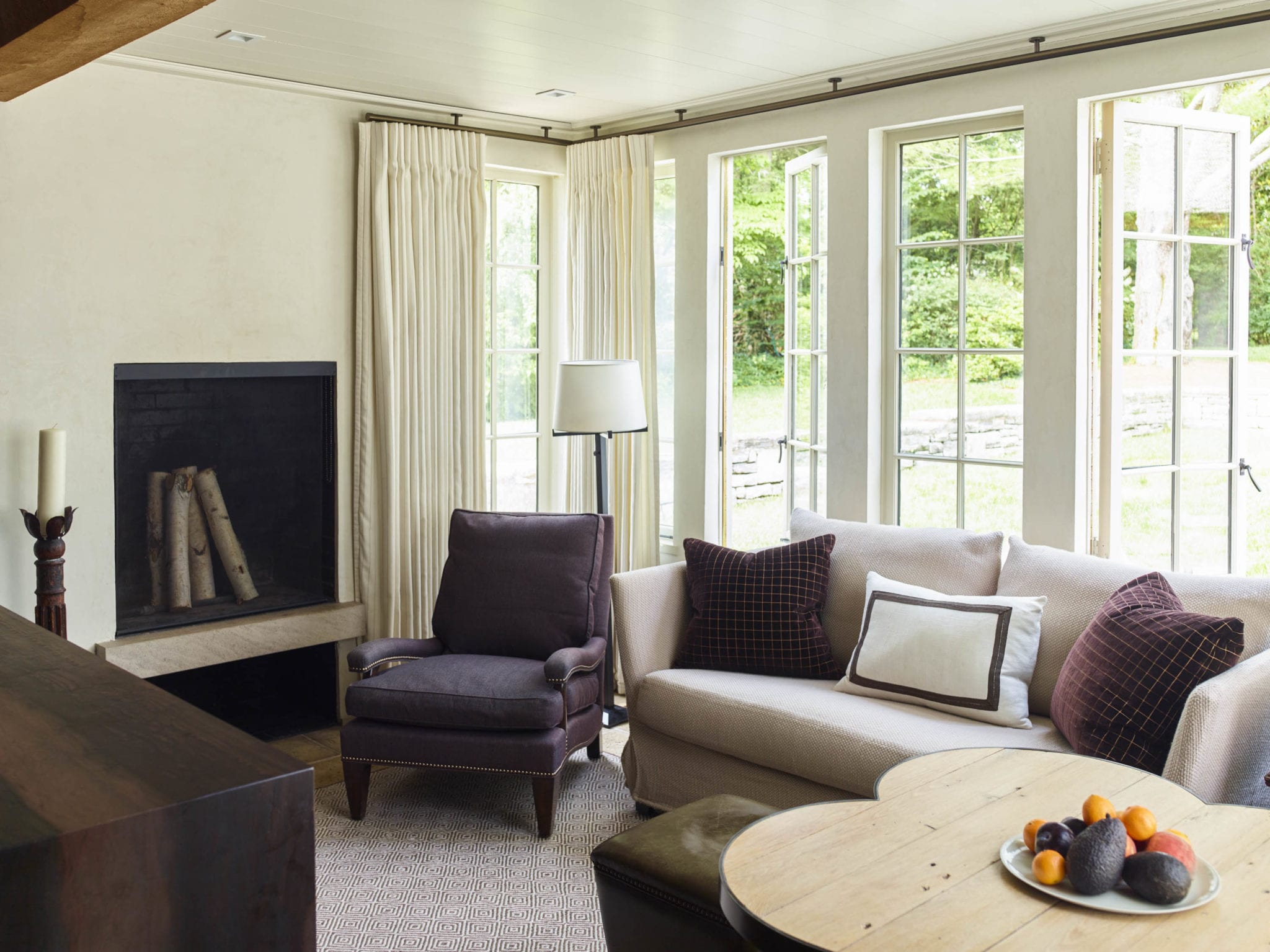
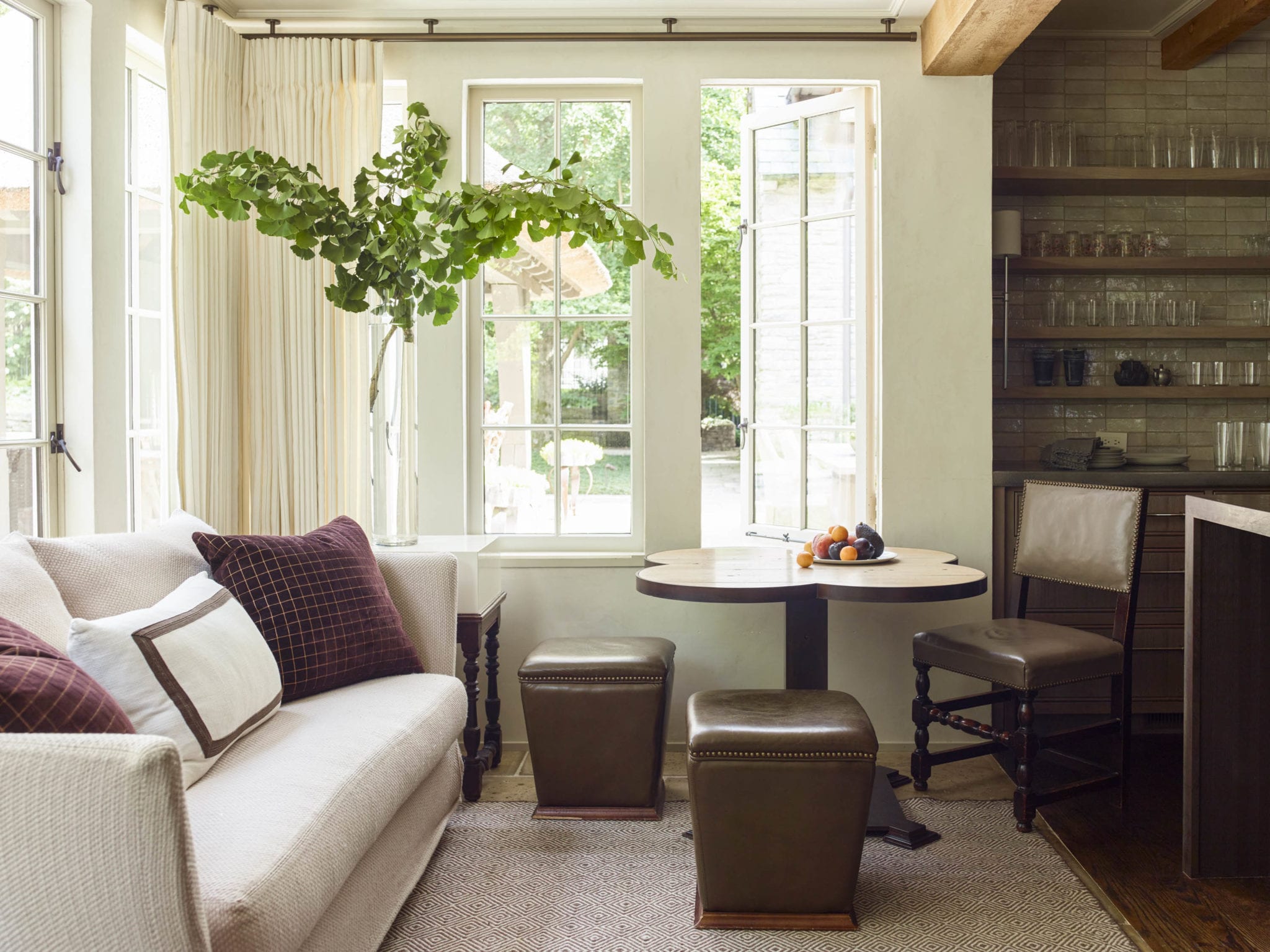
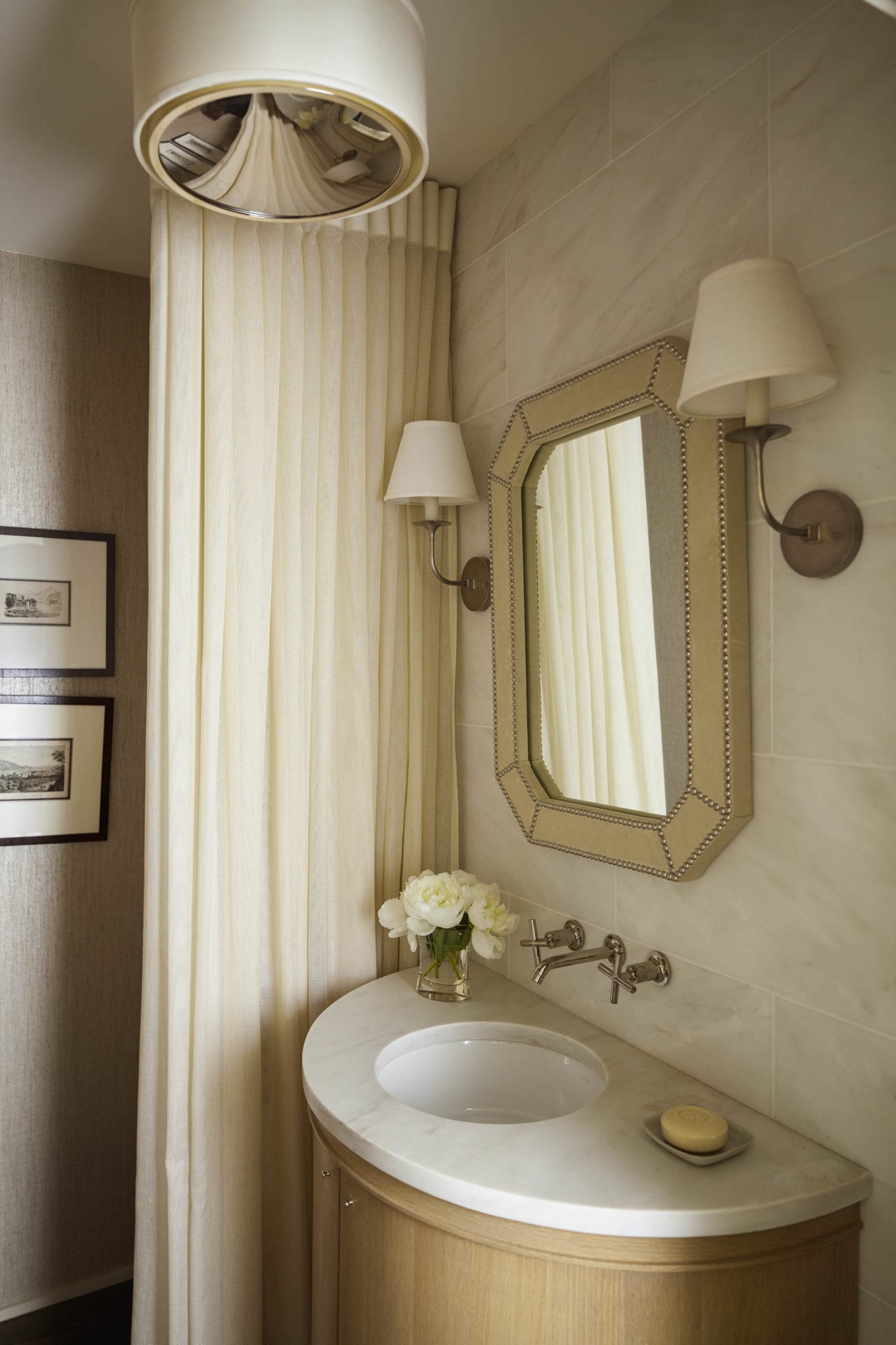
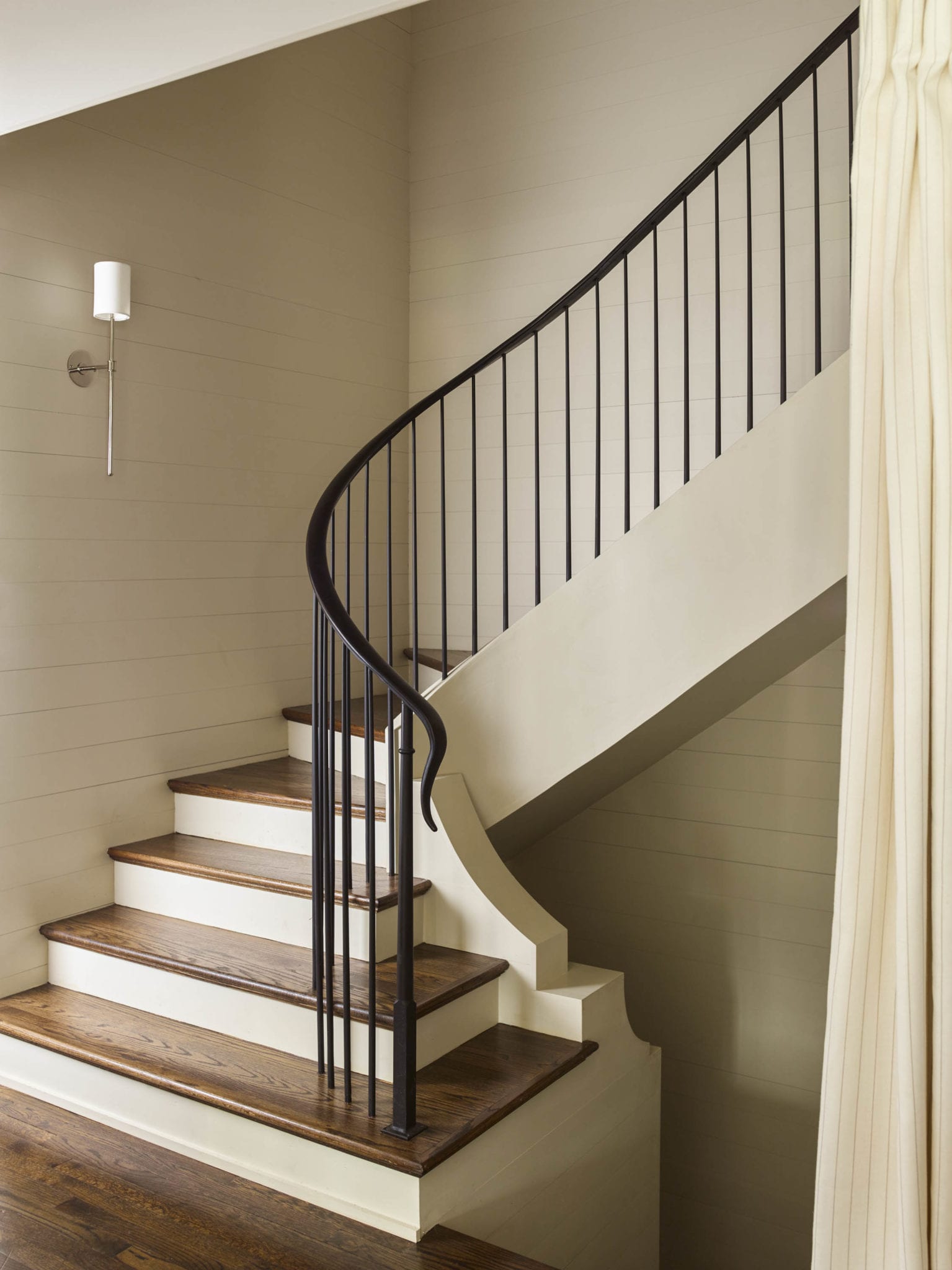
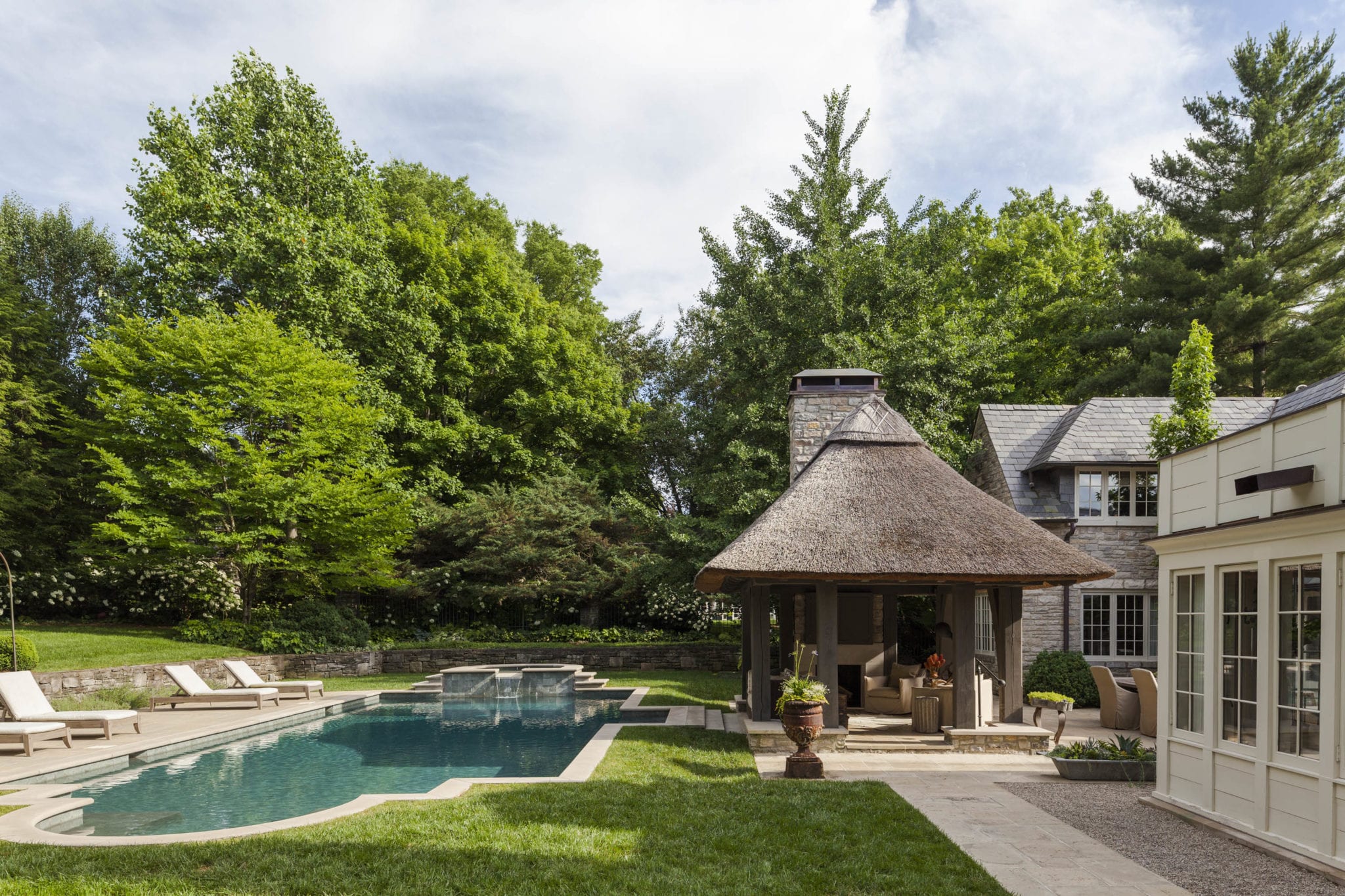
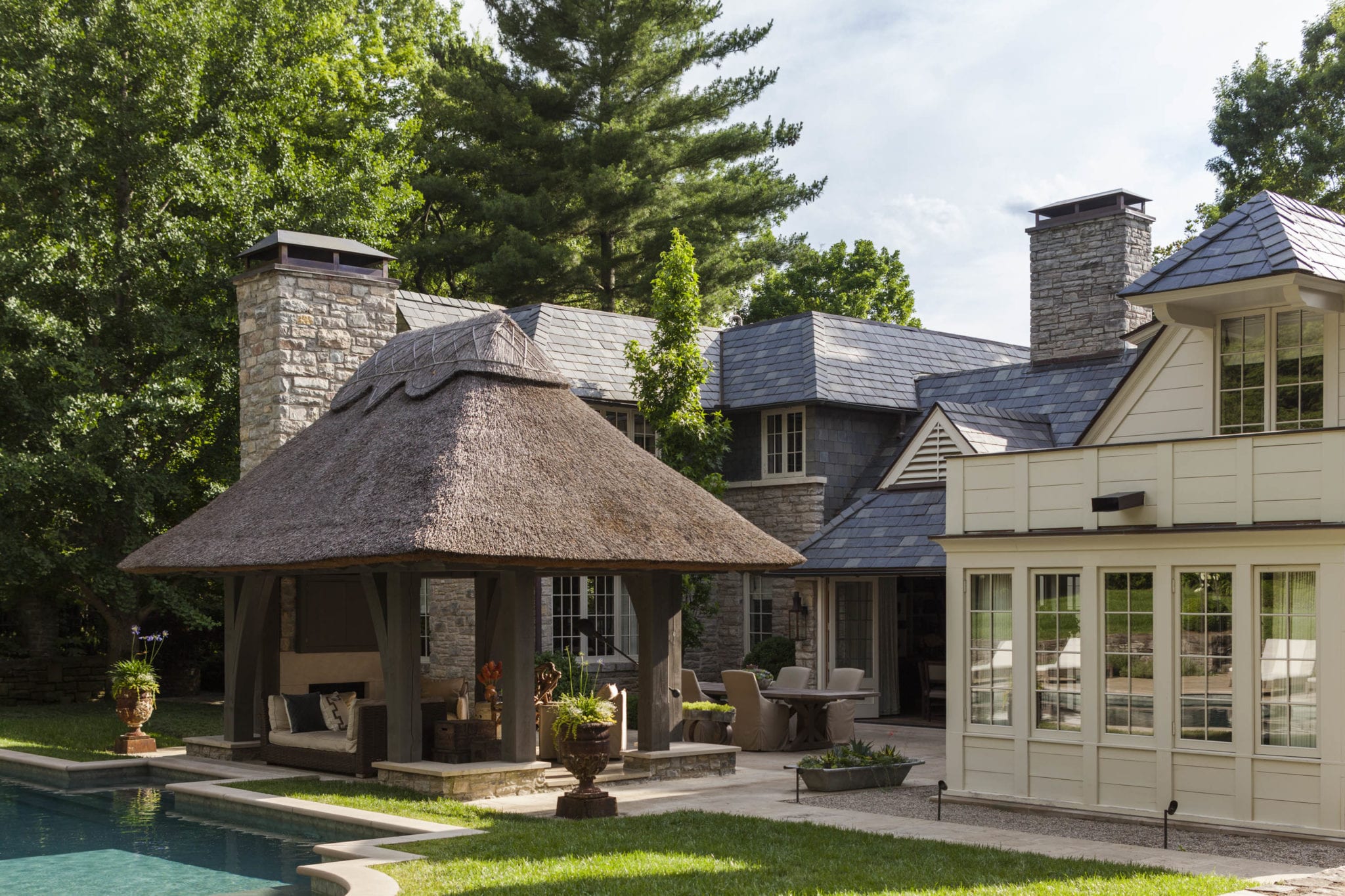

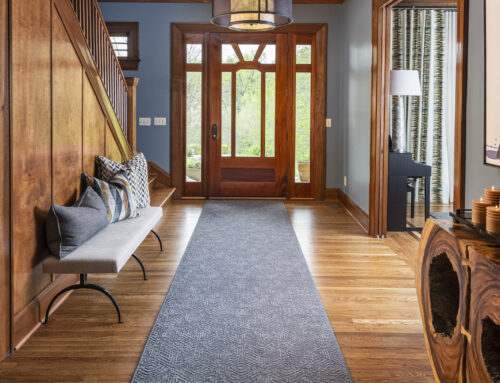
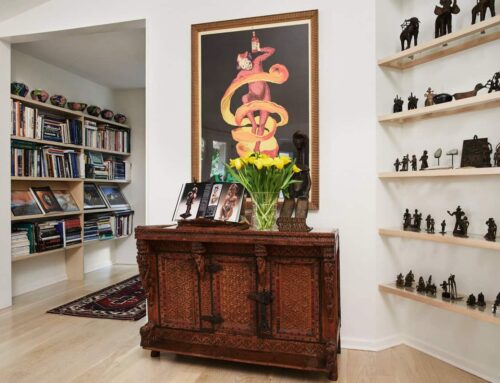

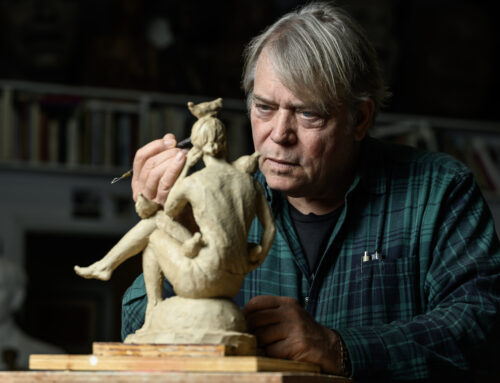
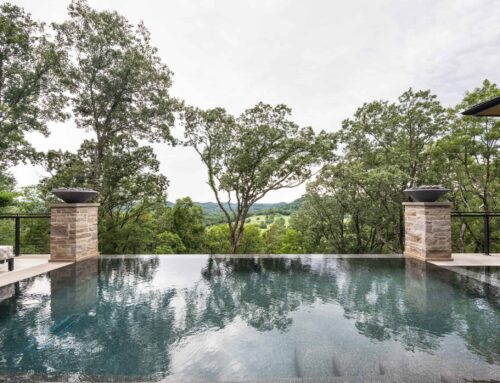
Leave A Comment
You must be logged in to post a comment.